Spain's 41 Most Breathtaking Beachside Towns Worth A Visit
Spain’s glittering Costas are just the beginning. Beyond the crowds and high-rise resorts lie beachside towns that feel like well-kept secrets—places where the Mediterranean sighs softly against stone harbors, seafood is still caught by hand, and conversations unfold slowly over vermouth in sunlit plazas. These are not the destinations found on glossy brochures, but the ones locals escape to when they need to breathe. We’ve expanded our collection to Spain's 41 Most Breathtaking Beachside Towns Worth A Visit, each offering its own quiet magic—whether it’s a whitewashed village clinging to cliffs, a northern port awash in color, or a hidden cove only accessible by foot. What they share is soul: deep history, rich flavor, and that distinctly Spanish ability to savor life. If you’re seeking beauty without the buzz, rhythm without the rush, this list is your passport. Because the best parts of Spain don’t shout—they sing.
1. San Sebastián: A Gastronomic and Coastal Jewel
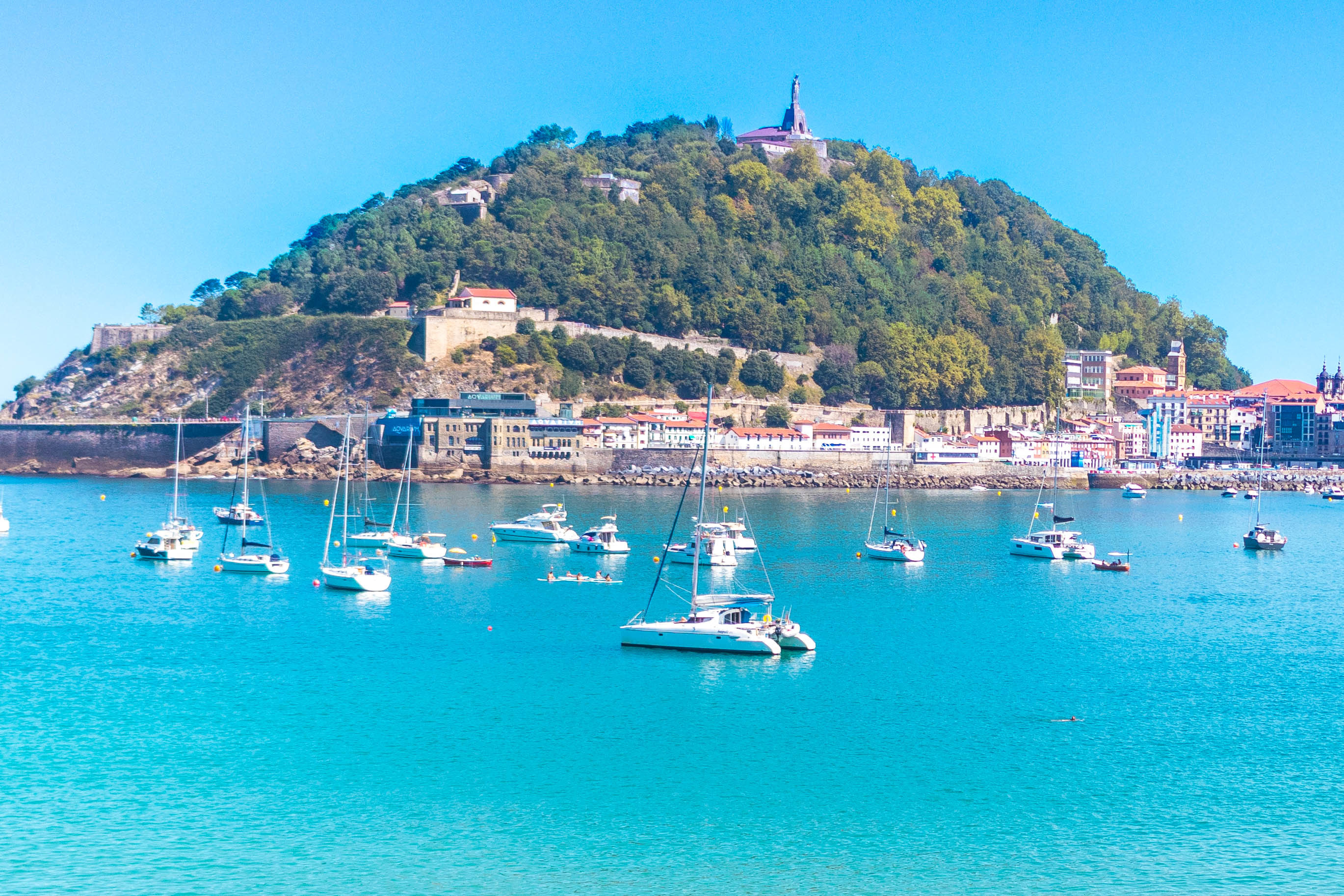
Nestled in the Basque Country, San Sebastián is a town that seamlessly blends culinary excellence with breathtaking coastal scenery. Known for its world-renowned pintxos, small bites that pack a punch of flavor, this town is a haven for food lovers. The beaches, particularly La Concha, offer a serene escape with their pristine sands and azure waters. The town's unique charm lies in its ability to offer both a vibrant city experience and a tranquil beach retreat. The old town, with its narrow streets and bustling tapas bars, is a testament to the town's rich cultural heritage, making San Sebastián a must-visit for those seeking a taste of the authentic Basque lifestyle.
2. Cadaqués: The Artistic Enclave by the Sea
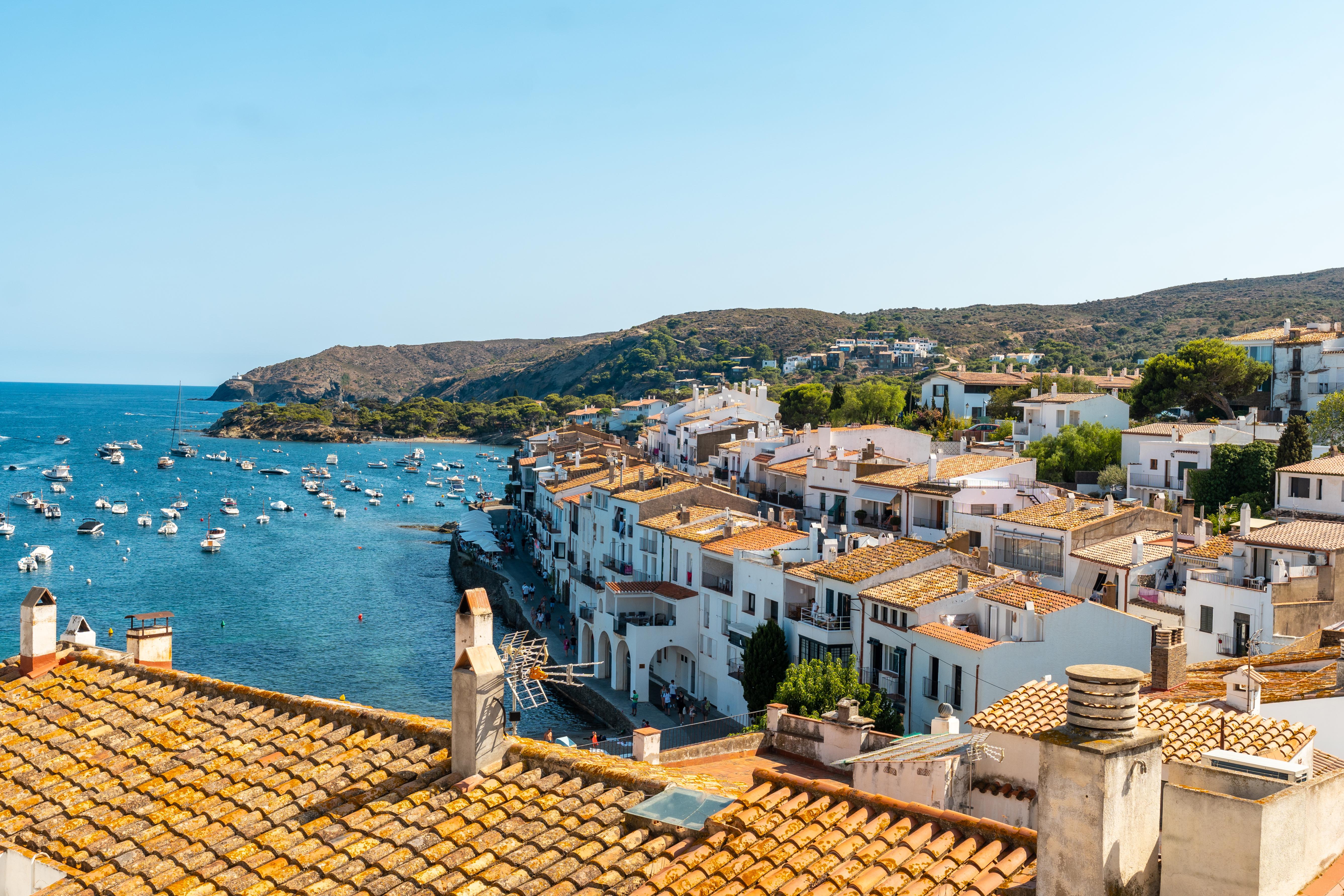
Cadaqués, a picturesque town on the Costa Brava, has long been a muse for artists, most notably Salvador Dalí. The town's whitewashed buildings, set against the backdrop of the sparkling Mediterranean, create a scene straight out of a painting. Cadaqués is not just about its visual appeal; it is a place where the spirit of creativity thrives. Visitors can explore the Dalí House-Museum in nearby Portlligat or simply wander through the town's charming streets, where art galleries and boutiques abound. The rugged coastline, dotted with secluded coves, offers a perfect escape for those looking to immerse themselves in nature's beauty while soaking up the artistic vibe.
3. Sitges: A Vibrant Blend of Culture and Relaxation

Situated just a short drive from Barcelona, Sitges is a town that offers a perfect blend of cultural richness and beachside relaxation. Known for its lively festivals, including the famous Sitges Film Festival and Carnival, the town is a hub of activity year-round. The beaches, with their golden sands and clear waters, provide a tranquil setting for sunbathing and water sports. Sitges is also renowned for its vibrant LGBTQ+ community, making it a welcoming destination for all travelers. The town's eclectic mix of modernist architecture, art galleries, and lively nightlife ensures that there is something for everyone, making Sitges an inviting destination for those seeking both culture and leisure.
4. Nerja: The Balcony of Europe

Perched on the eastern tip of the Costa del Sol, Nerja is often referred to as the "Balcony of Europe" due to its stunning cliffside views over the Mediterranean. This charming town is known for its crystal-clear waters and sandy beaches, perfect for snorkeling and diving enthusiasts. The nearby Nerja Caves, with their impressive stalactites and stalagmites, offer a fascinating glimpse into the area's geological history. The town itself is a delightful blend of traditional Andalusian architecture and modern amenities, providing visitors with a unique cultural experience. With its breathtaking vistas and rich history, Nerja is a destination that captivates the heart and soul.
5. Tarifa: The Windsurfing Capital of Europe
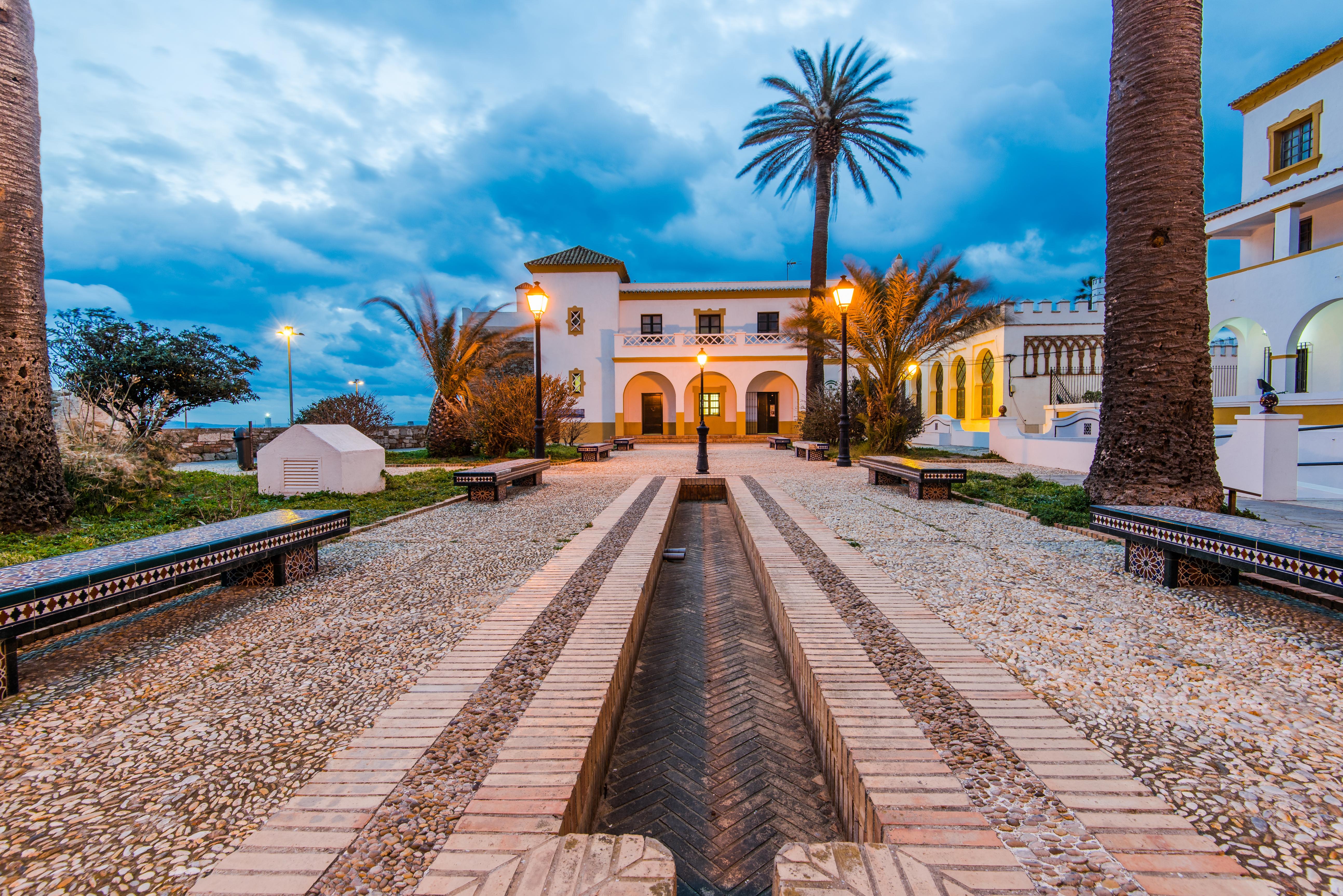
Tarifa, located at the southernmost point of mainland Europe, is a paradise for windsurfing and kitesurfing enthusiasts. The town's unique position, where the Mediterranean meets the Atlantic, creates perfect conditions for these exhilarating sports. But Tarifa is more than just a haven for adrenaline junkies; it is a town steeped in history and natural beauty. The old town, with its narrow cobbled streets and Moorish architecture, offers a glimpse into the past, while the nearby natural parks provide opportunities for hiking and wildlife spotting. With its laid-back vibe and stunning beaches, Tarifa invites visitors to embrace both adventure and relaxation.
6. Almuñécar: A Tapestry of History and Nature
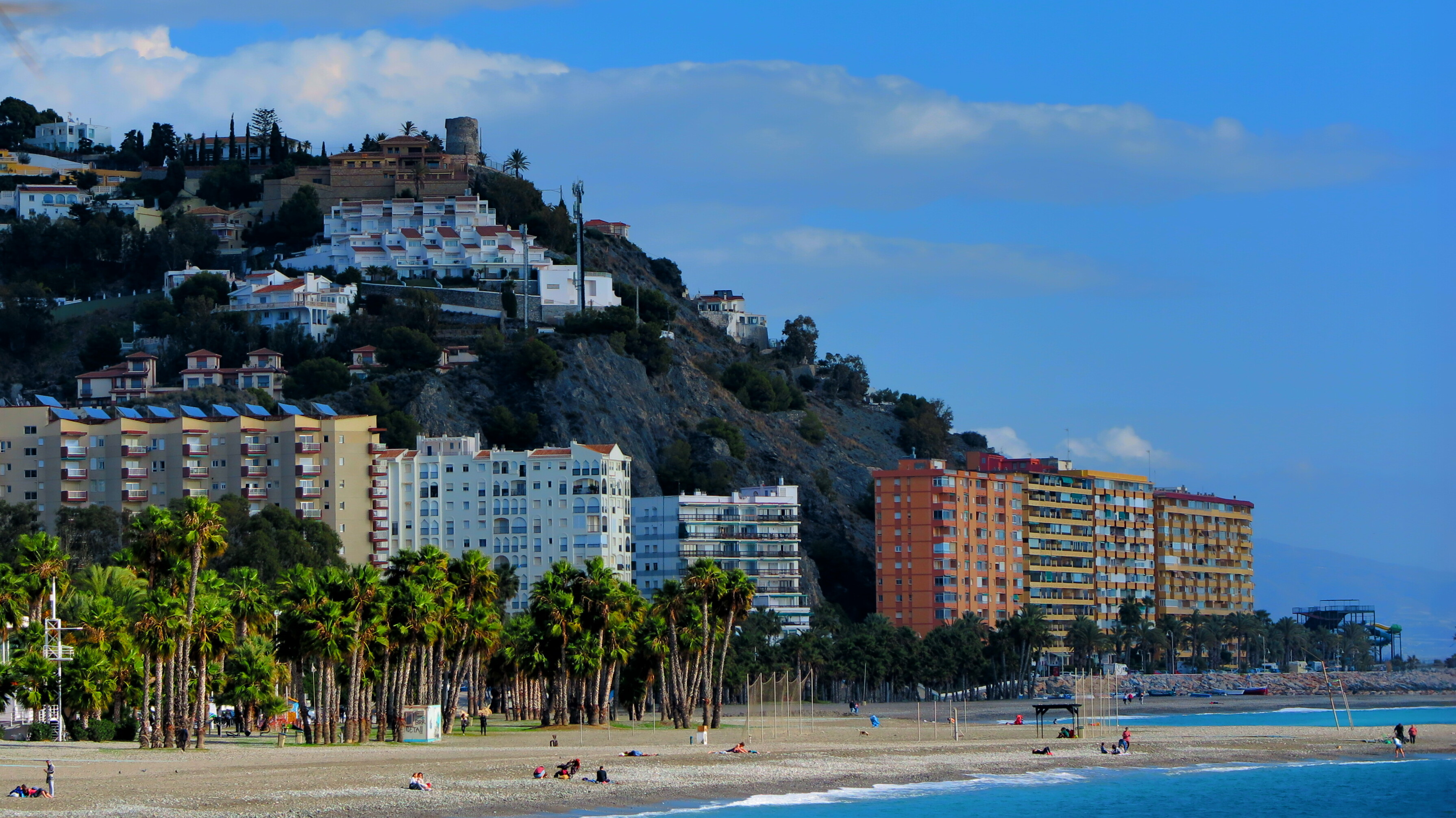
Almuñécar, located on the Costa Tropical, is a town where history and nature intertwine seamlessly. Known for its subtropical climate, the town is a lush paradise with an abundance of exotic flora. The beaches, with their dark sands and clear waters, are perfect for sunbathing and swimming. Almuñécar's rich history is evident in its archaeological sites, including the Roman aqueduct and the Moorish castle that overlooks the town. The vibrant local markets and traditional festivals offer a taste of authentic Andalusian culture, making Almuñécar a destination that appeals to those seeking both historical intrigue and natural beauty.
7. Llafranc: The Quintessential Mediterranean Escape
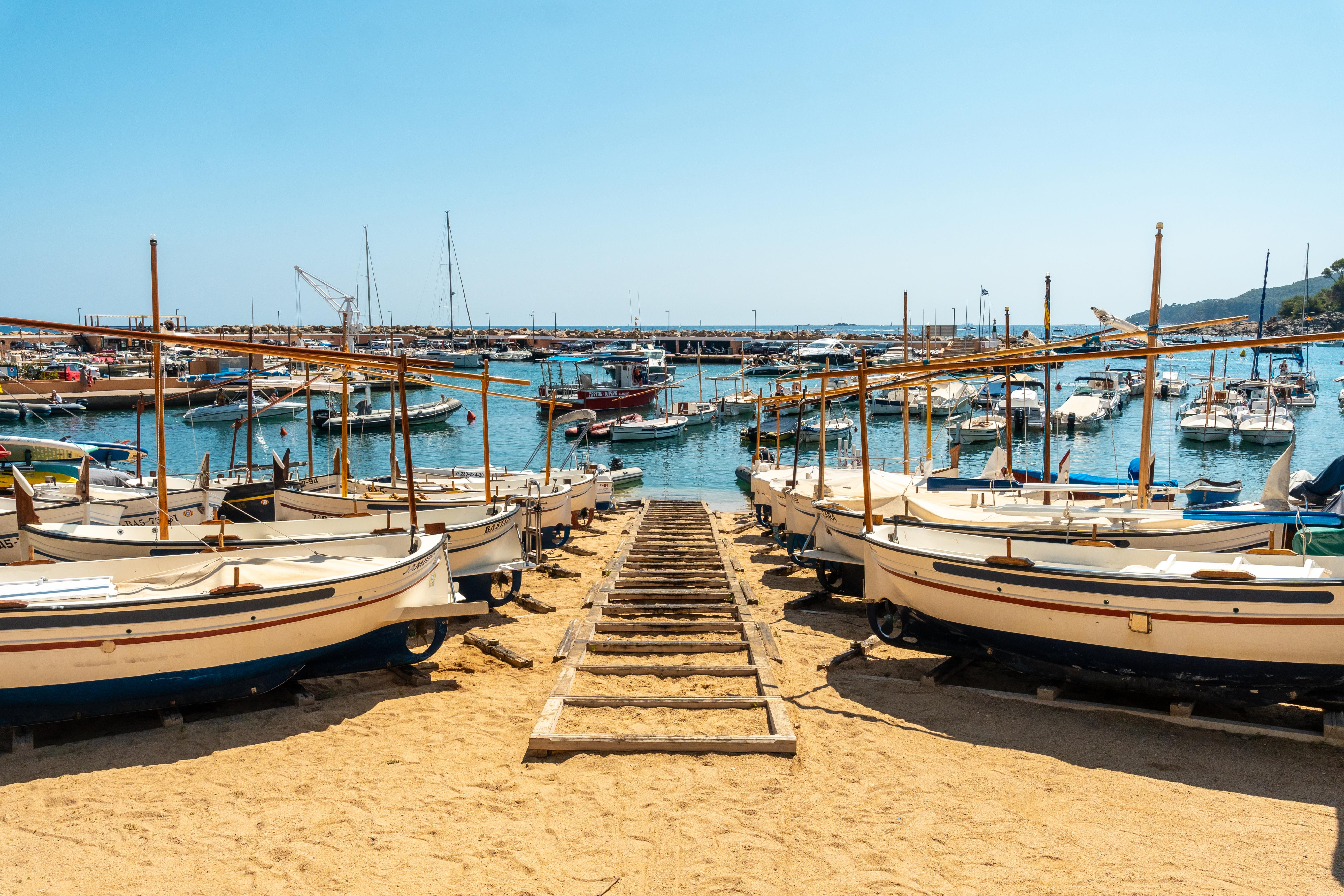
Llafranc, a small coastal town on the Costa Brava, offers a quintessential Mediterranean escape with its picturesque beaches and charming harbor. The town is known for its relaxed atmosphere and stunning natural surroundings, making it a popular destination for those seeking tranquility. The coastal path, which connects Llafranc to neighboring towns, offers breathtaking views of the rugged coastline and is perfect for leisurely walks. The town's culinary scene, with its emphasis on fresh seafood and traditional Catalan dishes, is a delight for food enthusiasts. Llafranc's unspoiled beauty and serene ambiance make it an ideal retreat for those looking to unwind by the sea.
8. Mojácar: A Whitewashed Wonder Overlooking the Sea

Mojácar, perched on a hill overlooking the Almería coast, is a town that captivates with its whitewashed buildings and stunning sea views. The town is divided into two parts: Mojácar Pueblo, the historic old town, and Mojácar Playa, the vibrant beach area. The old town, with its narrow winding streets and traditional architecture, offers a glimpse into the region's Moorish past. The beaches, with their golden sands and clear waters, are perfect for relaxation and water sports. Mojácar's unique blend of history, culture, and natural beauty makes it a destination that appeals to all types of travelers.
9. Conil de la Frontera: A Hidden Gem on the Costa de la Luz
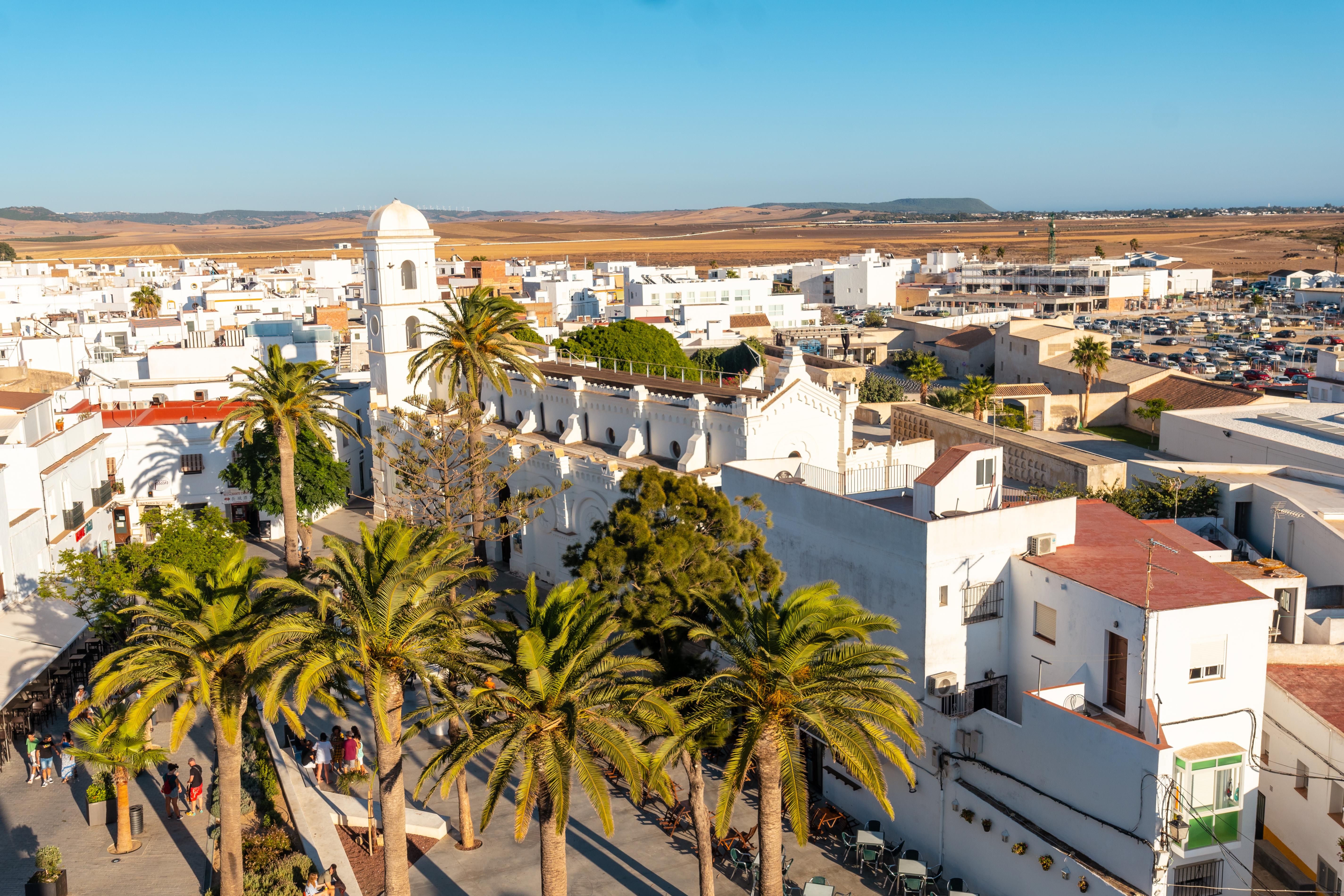
Conil de la Frontera, located on the Costa de la Luz, is a hidden gem that offers a perfect blend of natural beauty and cultural richness. The town's beaches, with their fine sands and turquoise waters, are among the most beautiful in Spain. The old town, with its whitewashed buildings and narrow streets, is a charming maze that invites exploration. Conil is also known for its vibrant nightlife, with a variety of bars and restaurants offering a taste of authentic Andalusian cuisine. The town's laid-back atmosphere and stunning coastal scenery make it an ideal destination for those seeking a tranquil escape.
10. Cudillero: A Colorful Fishing Village on the Northern Coast
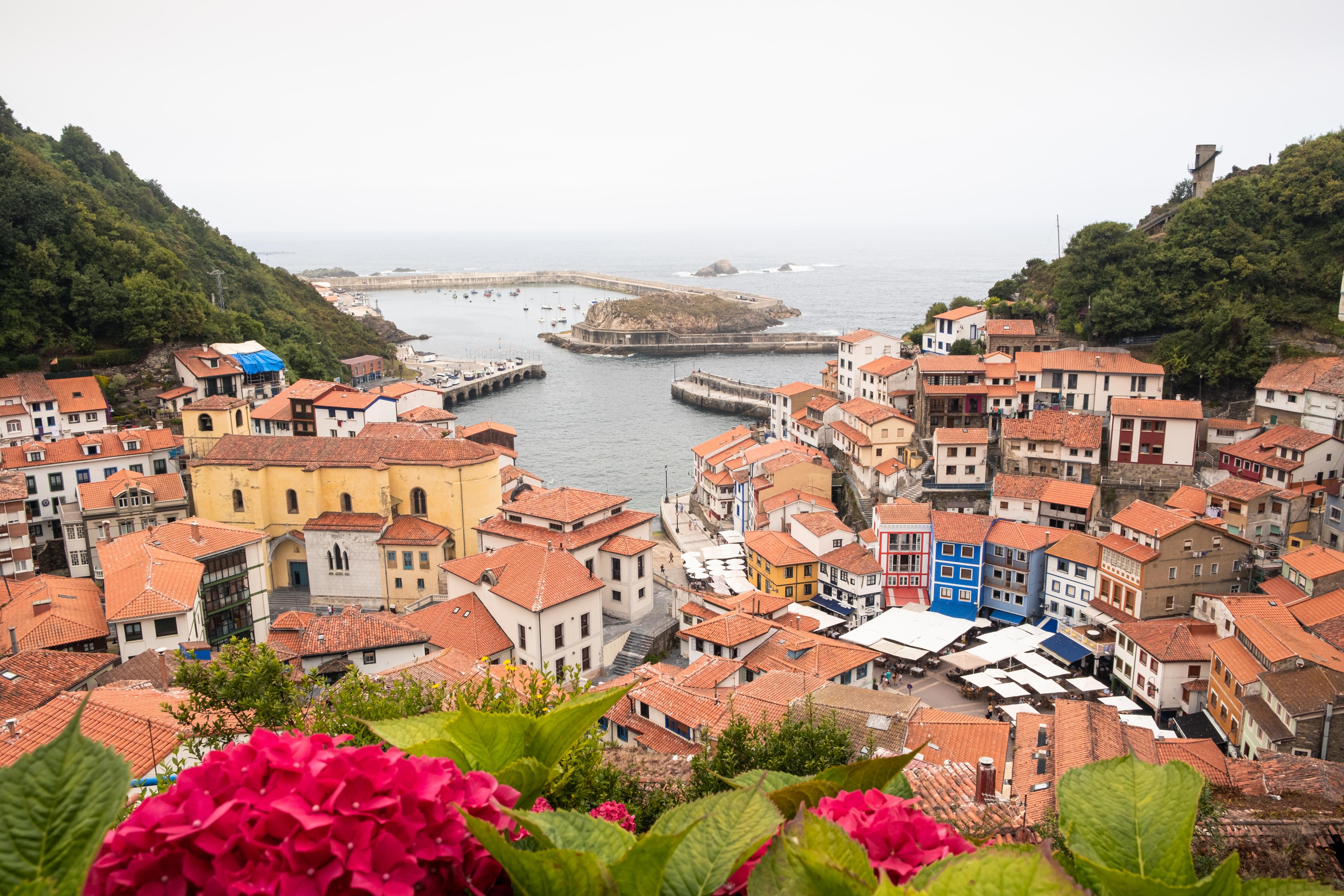
Cudillero, a quaint fishing village on the northern coast of Spain, is known for its colorful houses that cascade down the hillside towards the sea. The town's unique architecture and picturesque harbor make it a popular destination for photographers and artists. The rugged coastline, with its dramatic cliffs and hidden coves, offers breathtaking views and opportunities for exploration. Cudillero's rich maritime heritage is evident in its local cuisine, which features fresh seafood and traditional Asturian dishes. The town's vibrant festivals and friendly locals add to its charm, making Cudillero a delightful destination for those seeking an authentic coastal experience.
11. Tossa de Mar: A Medieval Fortress by the Sea
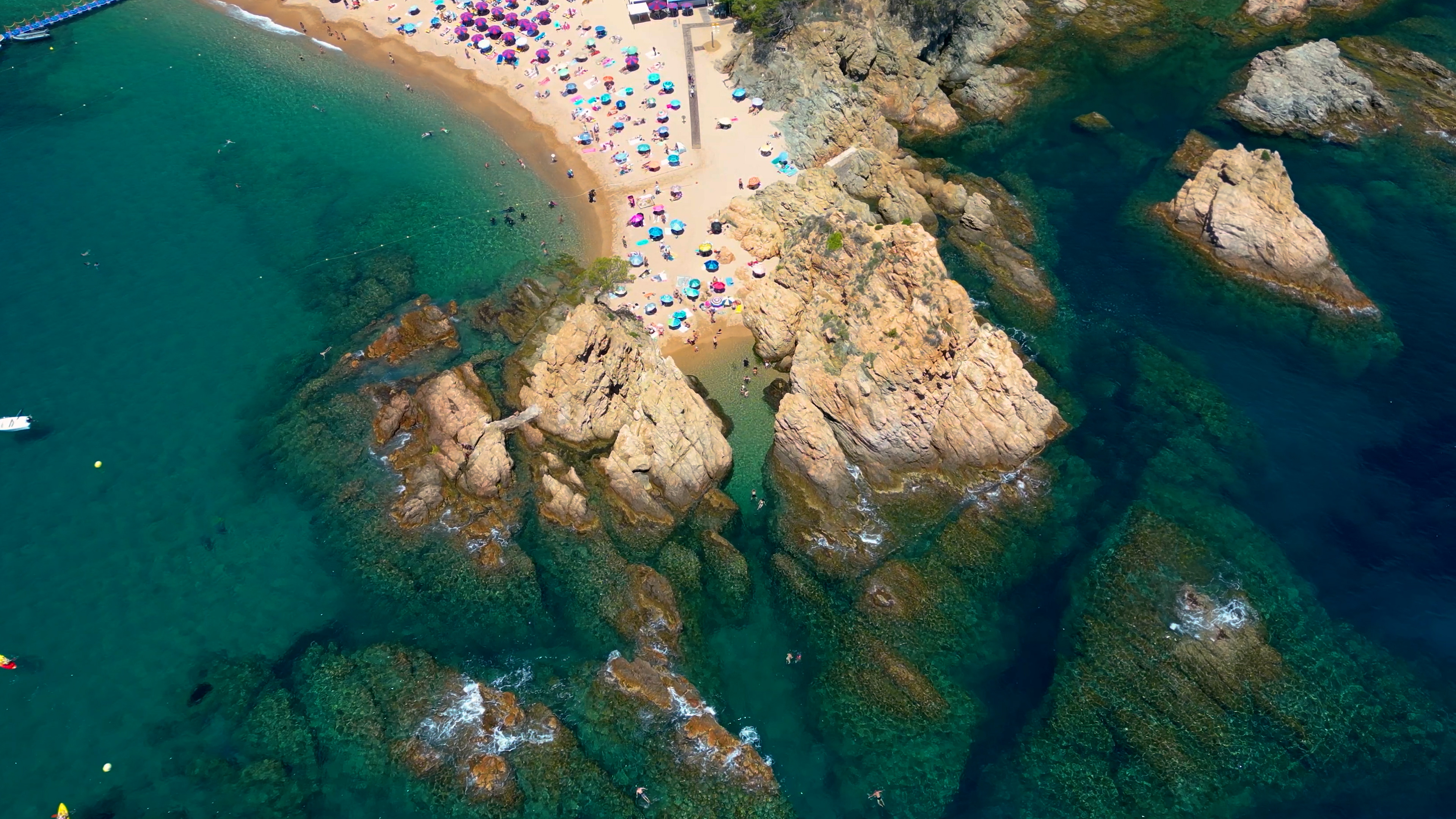
Tossa de Mar, located on the Costa Brava, is a town that combines medieval history with stunning natural beauty. The town's iconic castle, perched on a hill overlooking the sea, offers panoramic views of the coastline and is a testament to the region's rich history. The beaches, with their golden sands and crystal-clear waters, provide a perfect setting for relaxation and water sports. Tossa de Mar's old town, with its cobbled streets and traditional Catalan architecture, is a charming area that invites exploration. The town's unique blend of history, culture, and natural beauty makes it a captivating destination for all types of travelers.
12. Isla, Cantabria – A Secluded Northern Retreat

Tucked away on Spain’s northern coast, Isla is a charming fishing village that remains largely untouched by mass tourism. Its golden beaches, rugged cliffs, and lush green surroundings offer a stunning contrast to the turquoise waters of the Cantabrian Sea. The town is known for its excellent seafood, particularly fresh lobsters and anchovies, as well as its quiet, family-friendly vibe. Isla’s coves are ideal for kayaking and snorkeling, while nearby marshlands provide a serene escape for birdwatchers. This is the perfect spot for those who crave natural beauty and tranquility.
13. Zahara de los Atunes, Andalusia – A Hidden Paradise for Foodies
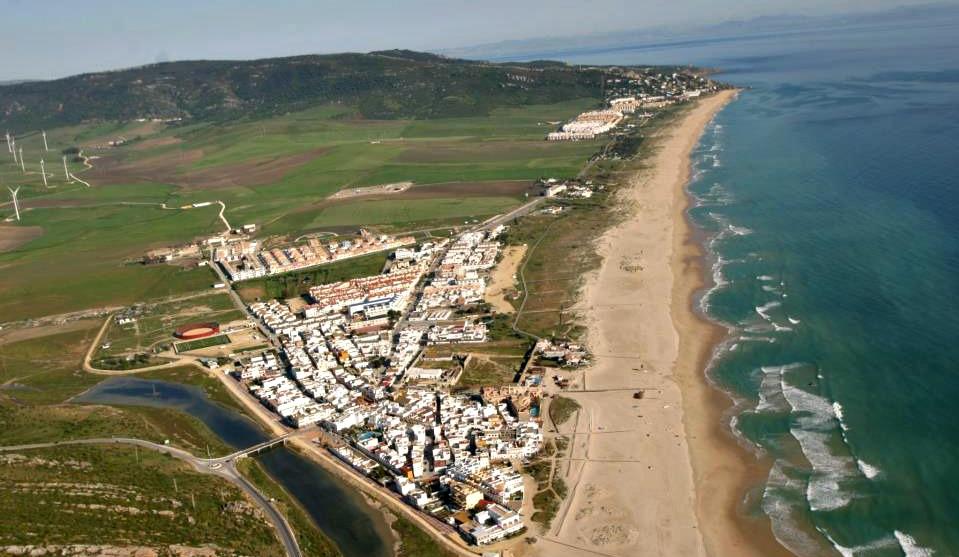
If you love fresh seafood, quiet beaches, and dramatic sunsets, Zahara de los Atunes is a dream come true. Located on the Costa de la Luz, this laid-back fishing village boasts some of the most pristine, uncrowded beaches in Spain. The area is famous for its wild-caught bluefin tuna, which has been a culinary staple since Roman times. Local chiringuitos (beach bars) serve melt-in-your-mouth tuna dishes, best enjoyed with a cold glass of sherry while watching the sun dip into the Atlantic. Zahara’s relaxed bohemian atmosphere makes it a perfect retreat for food lovers and beachgoers alike.
14. Hondarribia, Basque Country – A Coastal Gem with French Flair
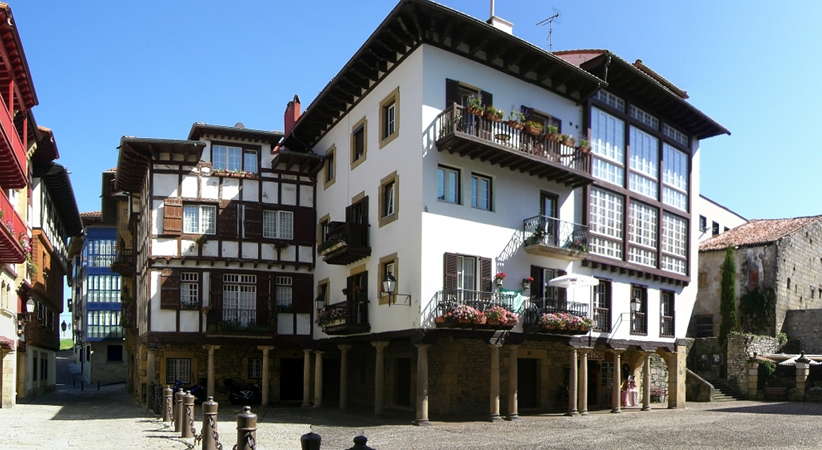
Sitting on the border between Spain and France, Hondarribia is a small coastal town that fuses Basque charm with French elegance. Its pastel-colored houses, cobbled streets, and historic fortifications create a fairytale-like setting, while its lively marina is lined with pintxos bars serving the best of Basque cuisine. Playa de Hondarribia offers calm waters perfect for swimming and paddleboarding, while nearby hiking trails lead to spectacular viewpoints. With its blend of culture, history, and stunning coastal scenery, Hondarribia is one of Spain’s best-kept secrets.
15. El Rompido, Andalusia – A Serene Escape in Doñana’s Shadow

Set near the protected Doñana National Park, El Rompido is a peaceful coastal town known for its wild beaches, sand dunes, and traditional whitewashed architecture. This small fishing village offers a slow, unspoiled atmosphere that’s perfect for relaxing in nature. The area’s Marismas del Río Piedras Natural Park is a haven for birdwatchers, home to flamingos and herons. El Rompido is also a paradise for seafood lovers, with local specialties like grilled shrimp and razor clams served in quaint seaside restaurants. It’s the kind of place where time slows down, and nature takes center stage.
16. Camariñas, Galicia – Wild Beauty on the Costa da Morte
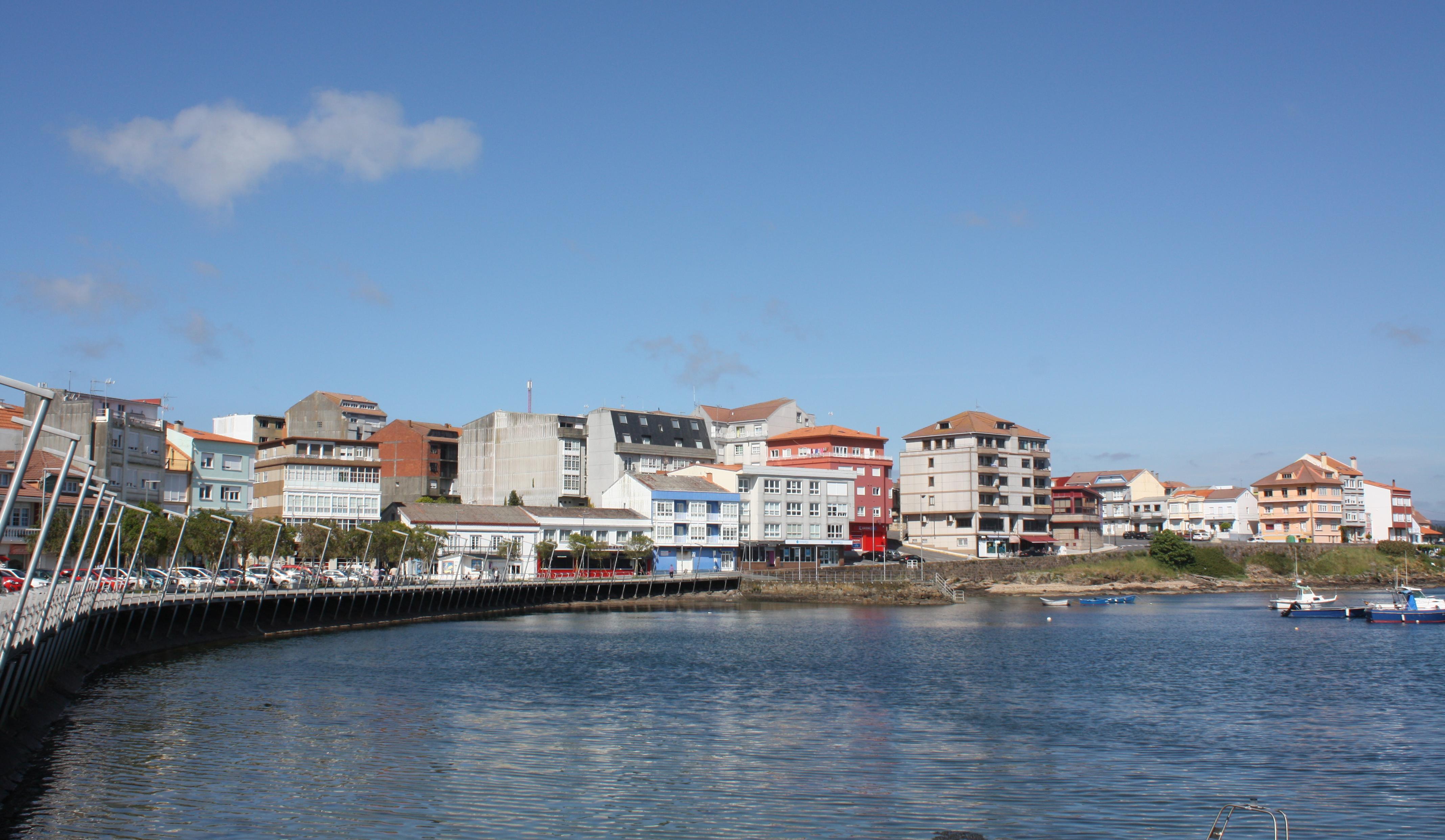
Located on the rugged Costa da Morte (Coast of Death), Camariñas is a coastal village famed for its dramatic cliffs, shipwreck-strewn shores, and traditional lace-making. The town’s wind-swept beaches, like Praia do Trece, are perfect for solitude seekers, while the Cabo Vilán Lighthouse offers breathtaking ocean views. This region is also home to some of the freshest seafood in Galicia, including octopus and goose barnacles. If you love wild, untamed landscapes and rich maritime traditions, Camariñas is a must-visit.
17. Altea, Costa Blanca – A Whitewashed Mediterranean Beauty
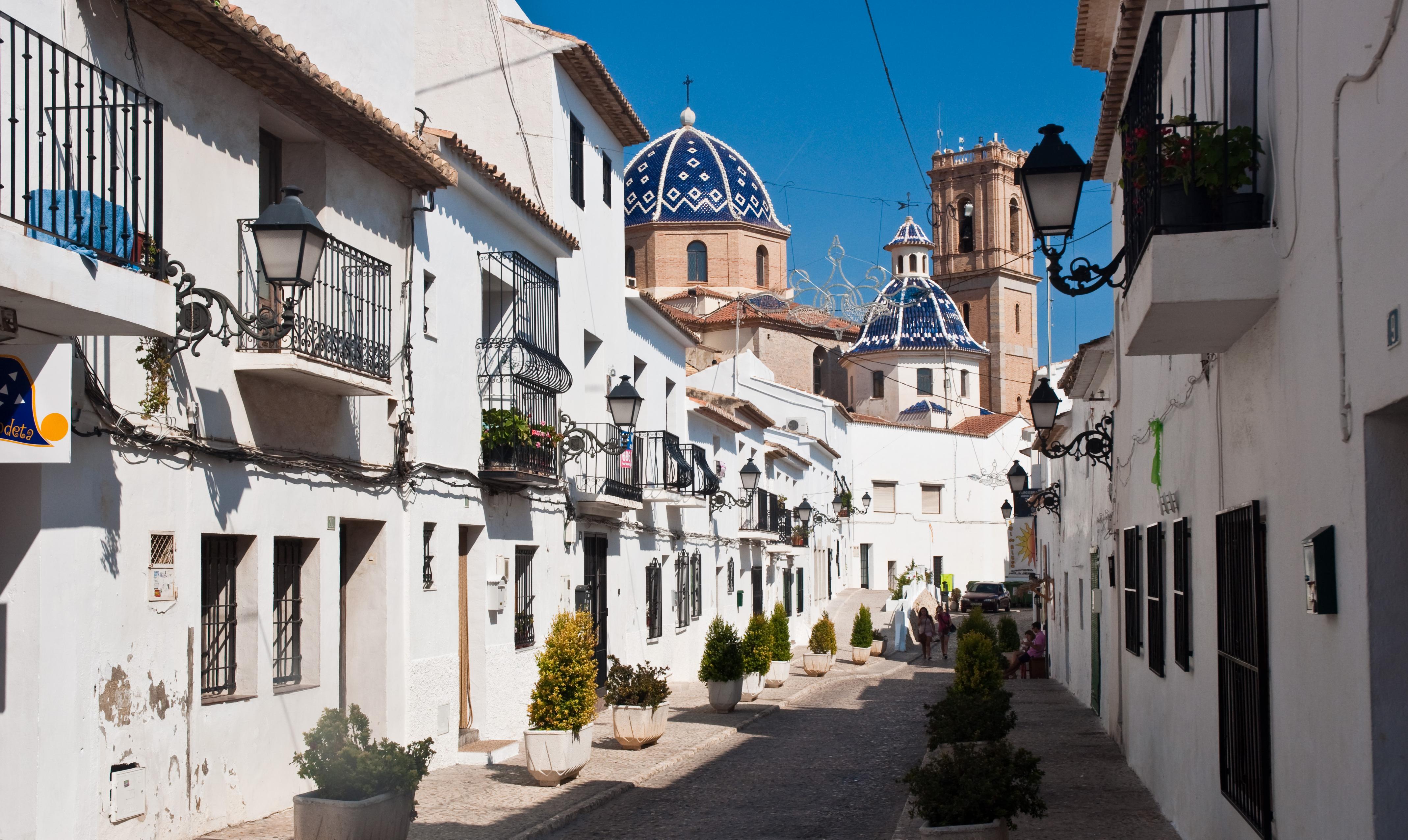
Often overlooked in favor of nearby Benidorm, Altea is one of the most charming towns on the Costa Blanca. Known for its blue-domed church, cobblestone streets, and stunning sea views, Altea offers a perfect blend of history, art, and coastal charm. The town’s pebble beaches and hidden coves provide a quiet retreat, while its artistic community brings a creative, bohemian vibe. Stroll through Altea’s old town for handcrafted souvenirs, art galleries, and romantic terrace cafés overlooking the Mediterranean.
18. Suances, Cantabria – Surfer’s Paradise with a Chill Vibe
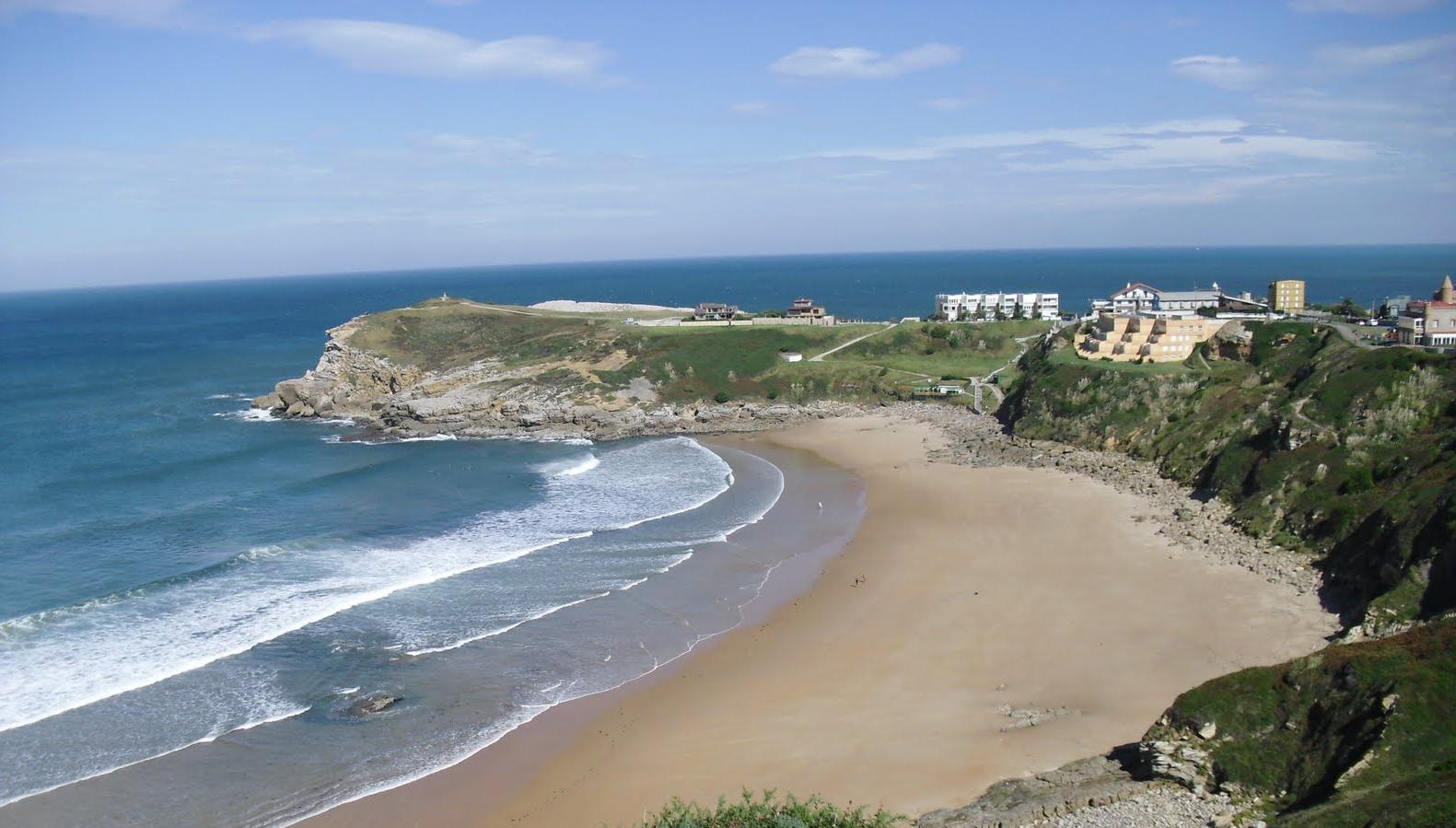
For those who love surfing, dramatic cliffs, and fresh seafood, Suances is an underrated gem on Spain’s northern coast. This town boasts some of Cantabria’s best beaches, including Playa de los Locos, a surfer’s haven, and Playa de la Concha, which is perfect for families. Suances has a relaxed atmosphere, with a charming old town and excellent seafood restaurants serving the freshest catches from the Bay of Biscay. Whether you’re catching waves or just soaking in the scenic beauty, Suances is an ideal spot for a laid-back getaway.
19. Luarca, Asturias – A Postcard-Perfect Fishing Village
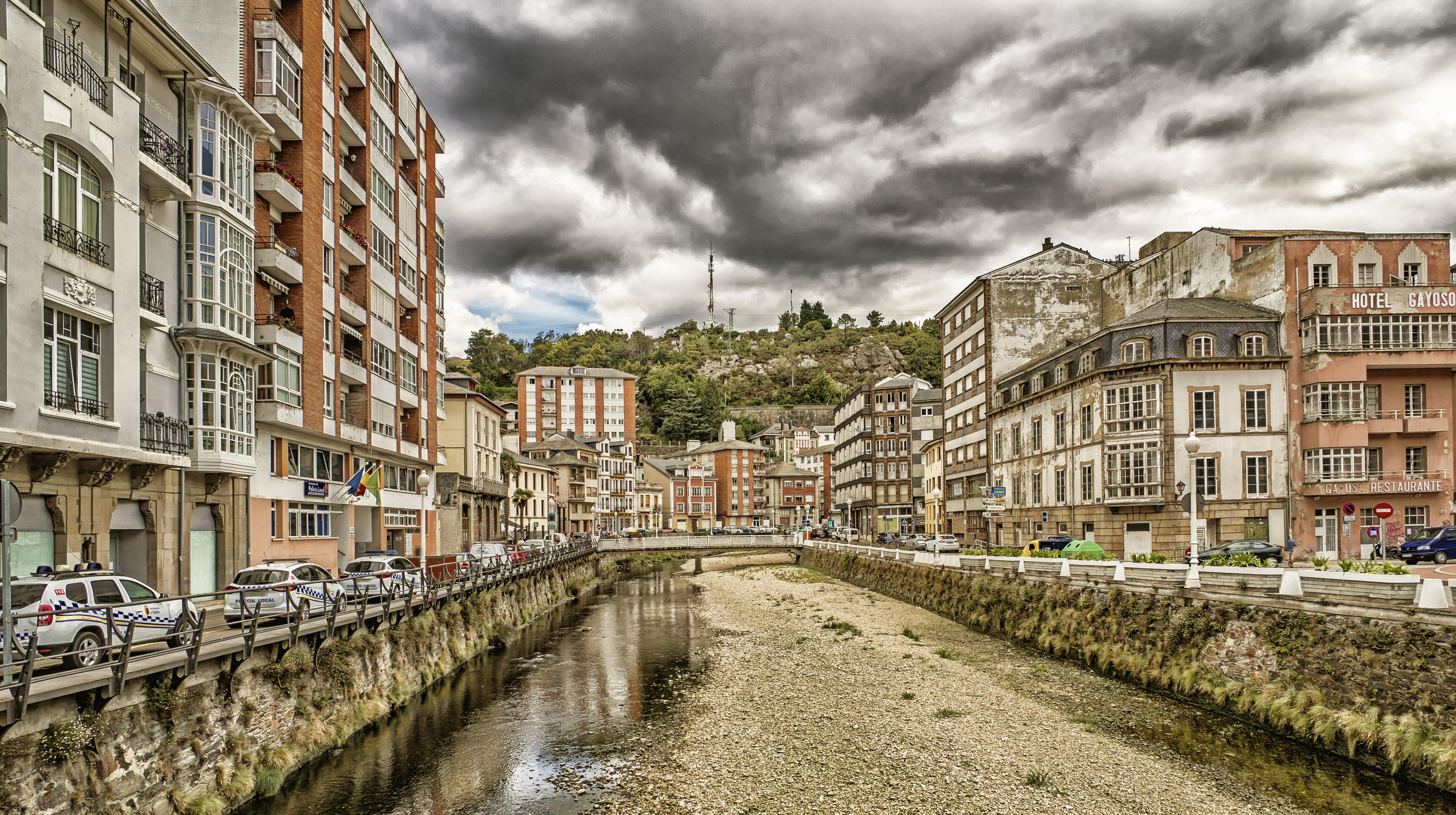
Nestled between steep cliffs and the Atlantic Ocean, Luarca is a picturesque fishing town that looks like it was plucked straight from a postcard. Known as the “White Village of the Green Coast,” Luarca is famous for its beautiful port, stunning viewpoints, and excellent seafood. The town is surrounded by gorgeous beaches and rugged coastline, making it perfect for nature lovers. Don’t miss the Cemetery of Luarca, dramatically perched on a hill overlooking the sea, or the quiet charm of its narrow streets lined with colorful houses.
20. Agua Amarga, Almería – A Hidden Oasis in Cabo de Gata
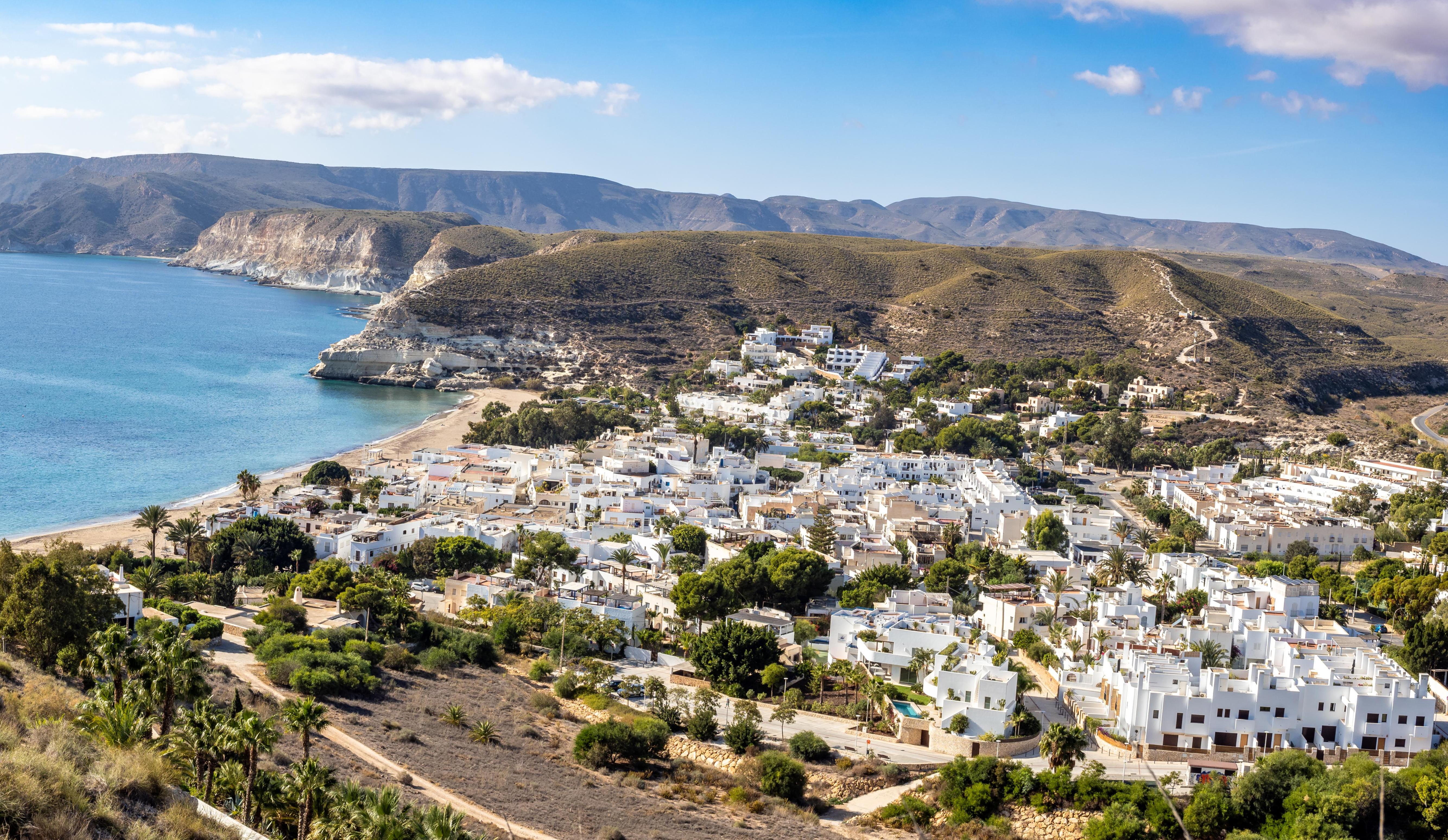
Deep in the heart of the Cabo de Gata Natural Park, Agua Amarga is an idyllic coastal village surrounded by desert-like landscapes and pristine beaches. With its whitewashed houses, crystal-clear waters, and rugged cliffs, Agua Amarga offers a perfect escape from the crowds. The nearby Playa de los Muertos is one of Spain’s most spectacular hidden beaches, known for its turquoise waters and golden sands. This peaceful town is ideal for those looking to disconnect and enjoy unspoiled nature and laid-back Mediterranean charm.
21. Baiona, Galicia – A Town Steeped in History and Beauty

Baiona, a stunning seaside town in Galicia, is known for its rich history, gorgeous coastline, and relaxed atmosphere. It was the first place in Europe to receive news of Columbus’s discovery of the New World, and today, visitors can explore the replica of La Pinta, one of Columbus’s ships. Baiona’s charming old town, with its stone-paved streets and medieval architecture, is a delight to explore. The town’s beaches offer calm waters, and the nearby Cíes Islands, a protected nature reserve, make for an incredible day trip. Whether you’re a history buff, a nature lover, or a seafood enthusiast, Baiona offers something special.
22. Getaria, Basque Country: Txakoli Wine and Grilled Fish Heaven
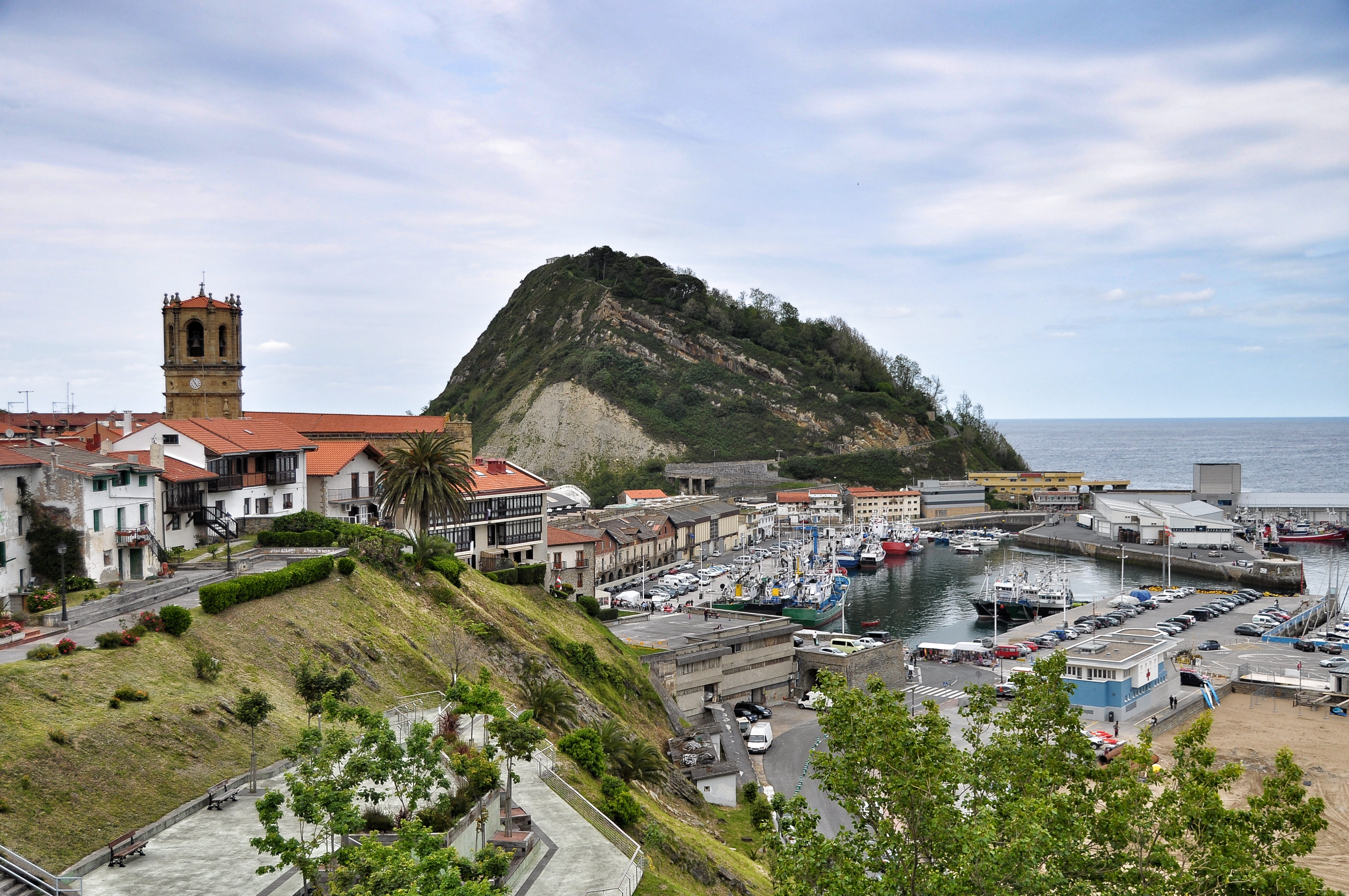
Nestled on the rugged Basque coast, Getaria is a charming fishing port famous for two things: producing crisp Txakoli wine on the surrounding hillsides and grilling incredible fresh fish right on the harbourside. Wander through its narrow streets, visit the Balenciaga Museum (dedicated to the famed designer born here), and then indulge in smoky, perfectly cooked seafood at an outdoor parrilla. With its working port atmosphere, surrounding vineyards, and culinary excellence, Getaria offers an authentic taste of Basque coastal life often missed by tourists heading to larger cities.
23. Comillas, Cantabria: Architectural Whimsy by the Sea

Comillas offers a surprising blend of Cantabrian coastal beauty and unique modernist architecture. While it boasts a lovely beach and harbour, the real draw is its unexpected architectural gems, including Antoni Gaudí's "El Capricho" – a colourful, whimsical villa – and the grand Sobrellano Palace and Pontifical University. Strolling through this town feels like stepping into a different world, where elegant buildings meet the wild northern coast. It’s a fascinating detour for those seeking culture and history alongside their seaside relaxation, far from typical resort towns.
24. Lastres, Asturias: A Picturesque Hillside Harbour
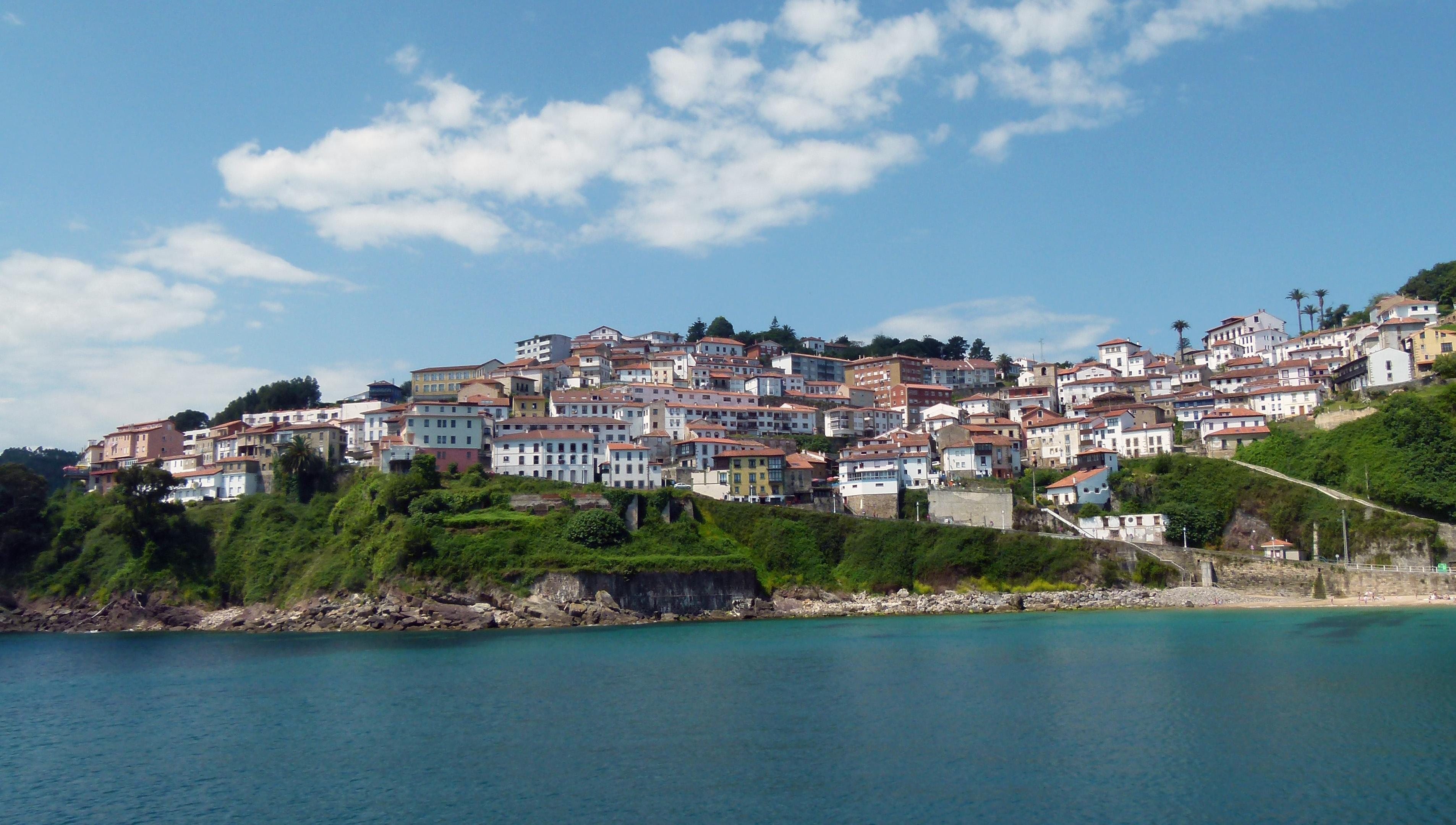
Clinging dramatically to a steep hillside overlooking the Bay of Biscay, Lastres is one of Asturias' most photogenic fishing villages. Its tightly packed houses with colourful balconies seem to tumble down towards the small, bustling harbour below. Recognizable to many Spaniards as the setting for the popular TV series "Doctor Mateo," Lastres retains its authentic maritime charm. Explore its winding, narrow streets, enjoy panoramic views from the San Roque viewpoint, and savour fresh seafood caught that day. It’s a postcard-perfect escape into traditional Asturian coastal life.
25. Calella de Palafrugell, Costa Brava: Coves and Habaneras
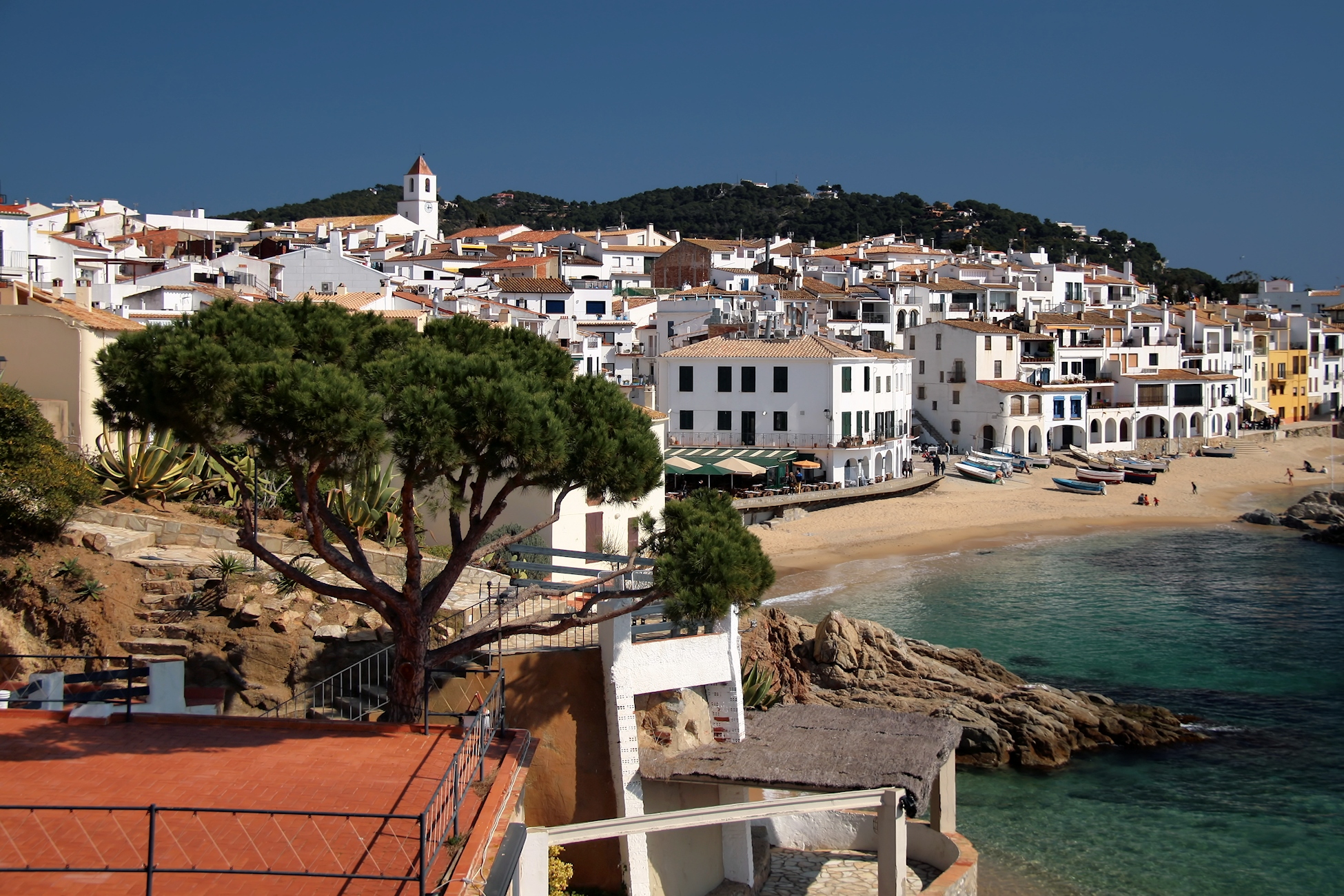
Embodying the idyllic charm of the Costa Brava before mass tourism, Calella de Palafrugell is a former fishing village known for its whitewashed houses, intimate rocky coves (calas), and turquoise waters. Stroll along the coastal path connecting its small beaches, enjoy fresh seafood at seaside restaurants, and soak up the relaxed atmosphere. It’s particularly famous for its annual summer Habaneras festival, where crowds gather on the beach to listen to traditional sea shanties under the stars – a truly magical, local experience.
26. Villajoyosa, Costa Blanca: Rainbow Houses and Chocolate
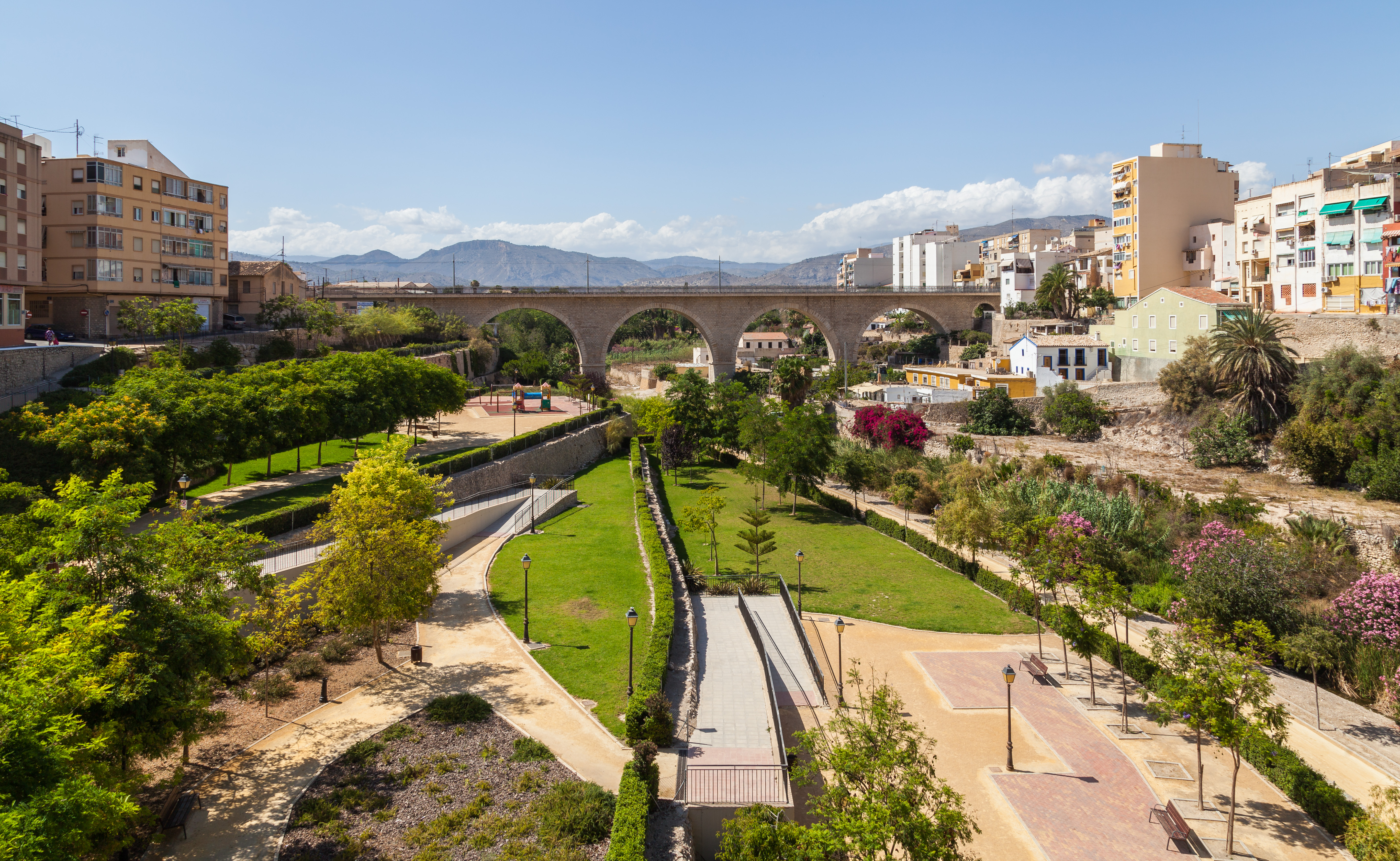
Just south of bustling Benidorm lies Villajoyosa ("Joyful Town"), instantly recognizable for its brightly coloured fishermen's houses lining the seafront – painted so sailors could spot their homes from the sea. This vibrant town boasts a wide sandy beach, a charming old quarter, and a rich history connected to chocolate production (home to the Valor chocolate factory and museum). It offers a more authentic and visually stunning alternative to its high-rise neighbours, perfect for those seeking character, history, and sweetness by the Mediterranean.
27. Port de Sóller, Mallorca: Tramuntana's Coastal Jewel
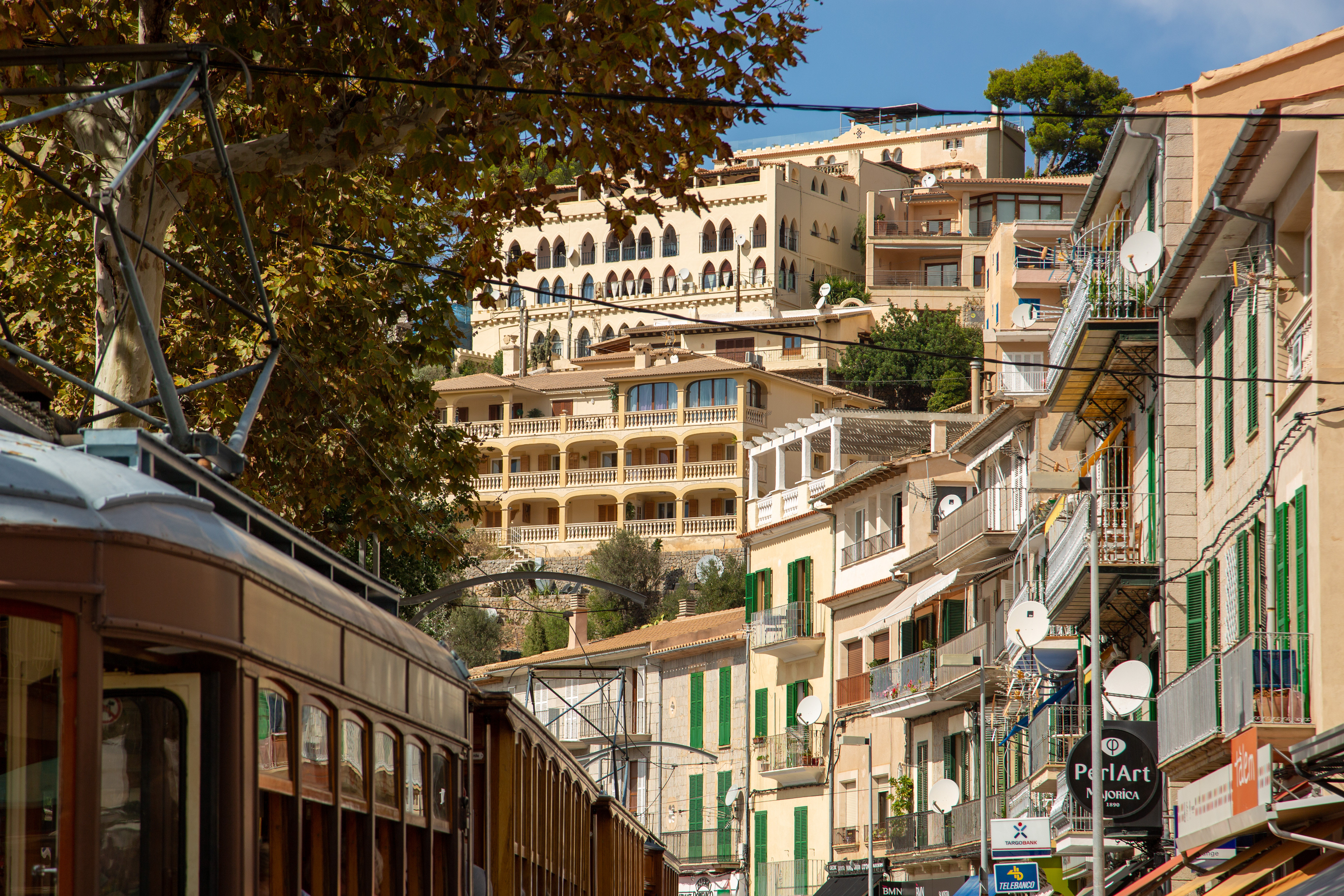
While Mallorca is known for busy resorts, Port de Sóller offers a more tranquil, scenic escape nestled in a beautiful horseshoe bay backed by the dramatic Tramuntana mountains. Connected to the charming inland town of Sóller by a vintage wooden tram rattling through orange groves, the port retains a relaxed, slightly nostalgic atmosphere. Enjoy waterfront dining, swim in the calm bay, or use it as a base for spectacular coastal hikes. It provides a dose of stunning island beauty without the intensity of larger Mallorcan hubs.
28. Garachico, Tenerife: Volcanic Pools and Resilience

Once Tenerife's main port, Garachico was partially destroyed by a volcanic eruption in 1706. Today, it’s a charming historic town rebuilt alongside the solidified lava flows, offering a calmer Canarian experience. Its main draw is El Caletón, a series of natural swimming pools formed by the lava, providing safe and unique saltwater bathing spots. Wander its quiet cobbled streets, admire traditional Canarian architecture, and enjoy fresh seafood – a peaceful contrast to the island's bustling southern resorts, showcasing resilience and natural beauty.
29. Muxía, Galicia: Mysticism on the Coast of Death
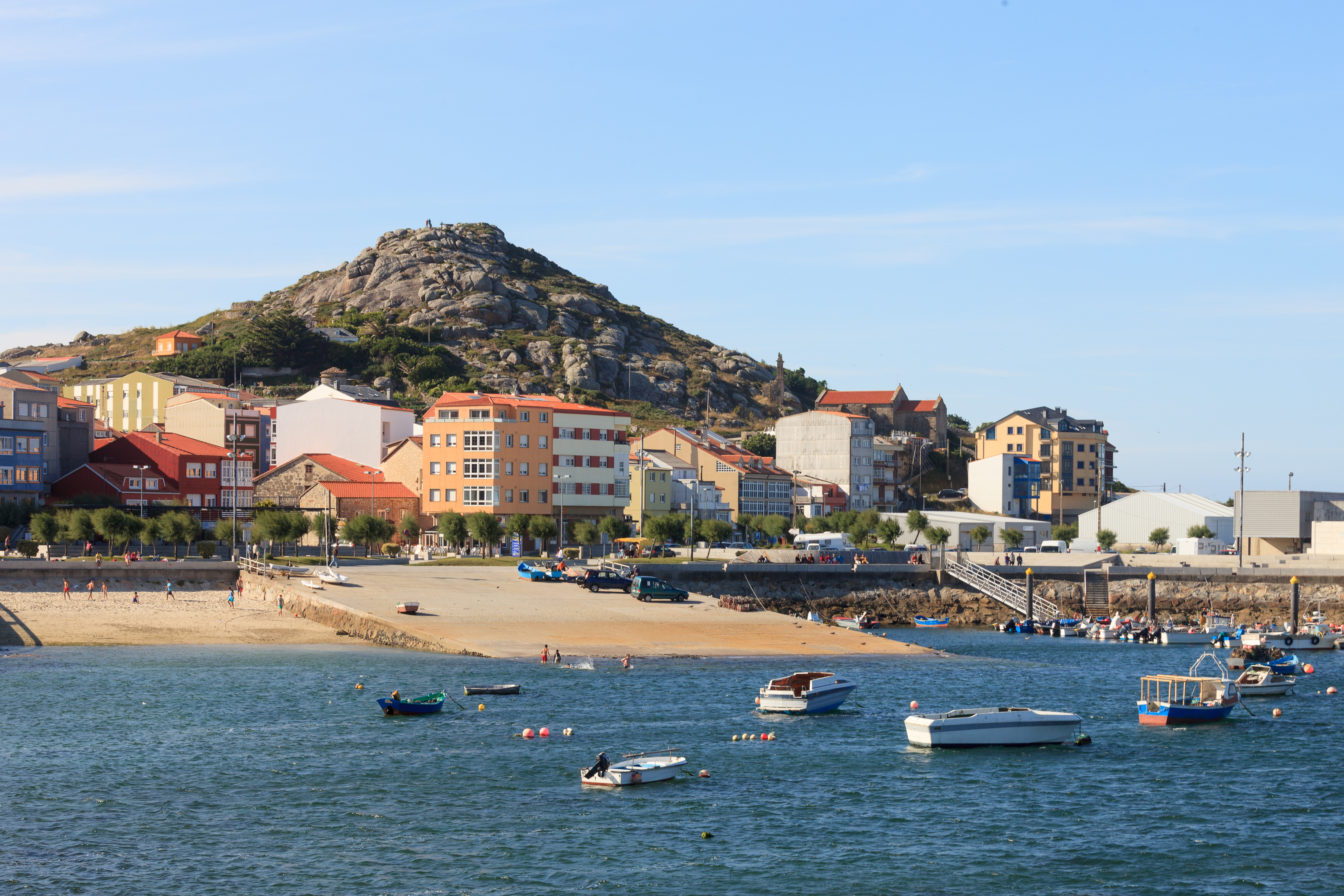
Located on Galicia's wild Costa da Morte (Coast of Death), Muxía is a place steeped in legend, maritime history, and rugged beauty. It’s known for the Santuario da Virxe da Barca, a church perched dramatically by the ocean where stones are said to have healing powers, and it serves as an end-point for some pilgrims on the Camino de Santiago. With its powerful waves crashing against granite rocks, fresh seafood, and mystical atmosphere, Muxía offers a profound connection to the raw power of nature and Galician tradition.
30. Salobreña, Granada: Castle Views Over Sugar Cane Fields
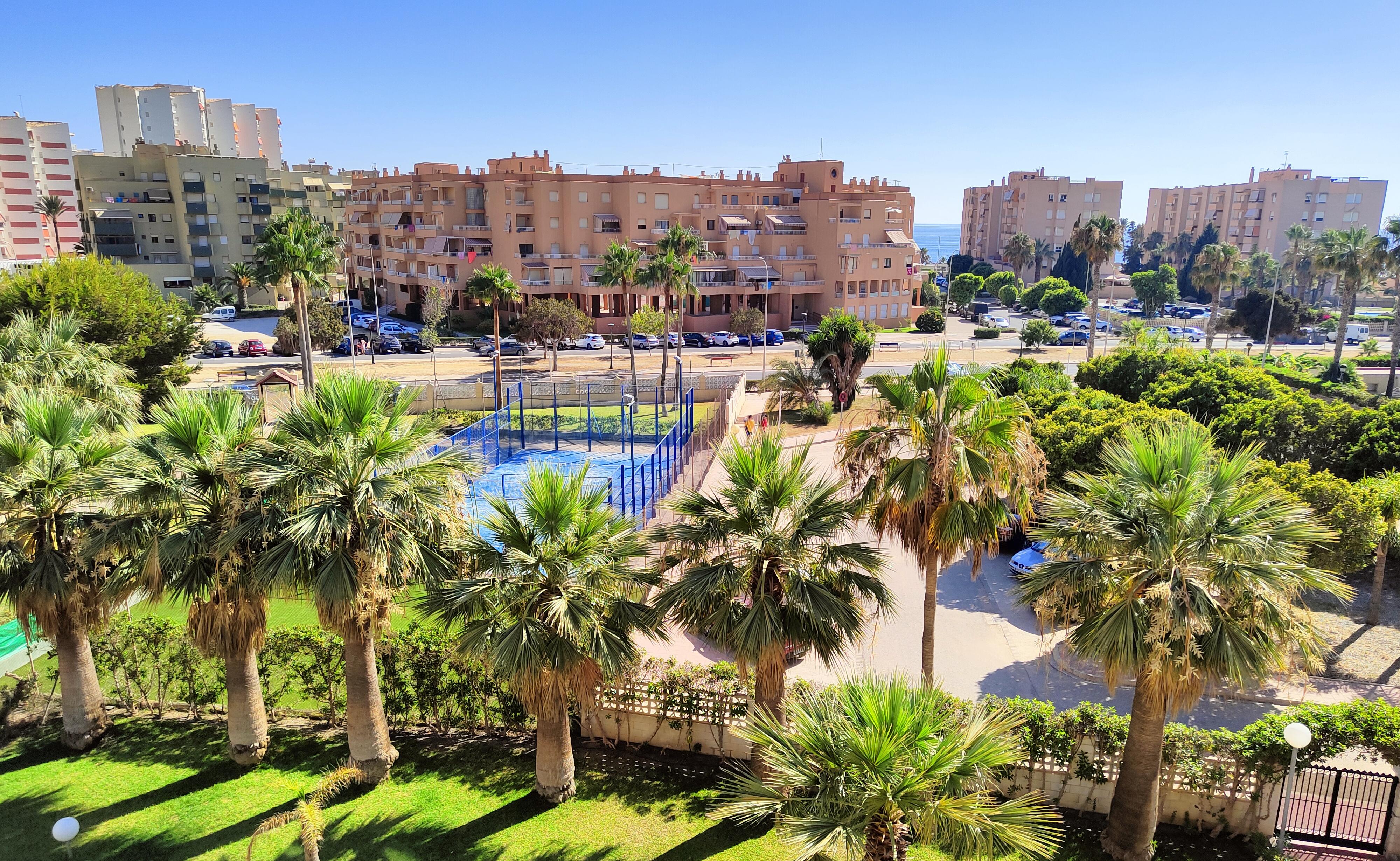
Rising dramatically on a rocky outcrop crowned by a Moorish castle, the whitewashed town of Salobreña overlooks the Mediterranean and what were once vast sugar cane fields (a unique feature on this coast). Offering stunning panoramic views encompassing the Sierra Nevada mountains and the sea, it combines historic charm with nearby beaches. Less developed than other Costa Tropical towns, Salobreña provides a glimpse into Andalusia's past, with steep winding streets leading up to the castle, offering beauty and history beyond just the shoreline.
31. Cedeira, Galicia: Fjord Views and Culinary Daring

Tucked into a deep, fjord-like estuary on the Rías Altas, Cedeira is a charming fishing town protected from the Atlantic swell. It’s renowned for its stunning natural setting, proximity to the Vixía Herbeira cliffs (among Europe's highest), and its culinary claim to fame: percebes (goose barnacles). Harvesting these prized delicacies from wave-battered rocks is perilous work. Enjoying fresh percebes, alongside other local seafood in this authentic working port town, offers a taste of Galicia's wilder, more adventurous side.
32. Lekeitio, Basque Country: Where the River Meets the Sea
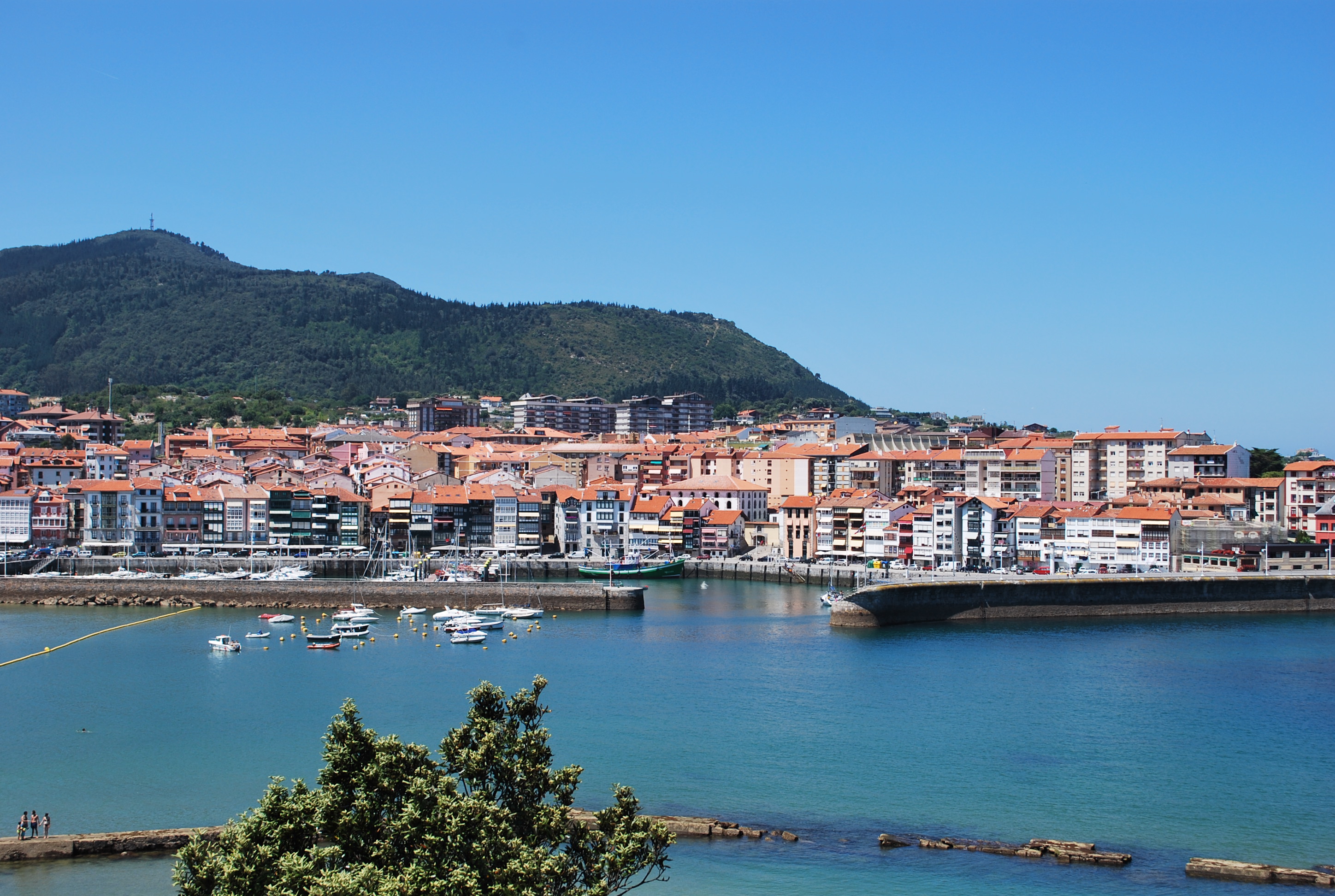
Lekeitio is a coastal jewel where the River Lea flows into the Bay of Biscay, creating a dynamic landscape of tidal islands and shifting sands. Its Gothic-style basilica and charming old quarter speak to centuries of seafaring history, while the harbor brims with life—fishing boats, seaside cafés, and the quiet murmur of Euskara. Playa de Isuntza offers calm waters for families, while nearby Karraspio beach invites surfers and wanderers. During low tide, you can walk across to San Nicolás Island for panoramic views. Lekeitio is soulful, scenic, and surprisingly serene—perfect for travelers seeking authenticity over glitz.
33. A Guarda, Galicia: Coastal Culture at the Edge of Spain

At the very southwestern tip of Galicia, A Guarda sits where the River Miño meets the Atlantic. Known for its Celtic hillfort, Santa Trega, the town offers sweeping views of Portugal just across the river. But it's the seafood that steals the show—lobster, goose barnacles, and langoustines straight from the ocean. The harbor is peaceful, framed by colorful houses and dramatic granite outcrops. A Guarda feels untouched, rooted in local rhythms and fierce natural beauty. It’s a border town that doesn’t feel divided—just full of depth and character.
34. Sant Feliu de Guíxols, Costa Brava: Heritage with a Splash of Glamour
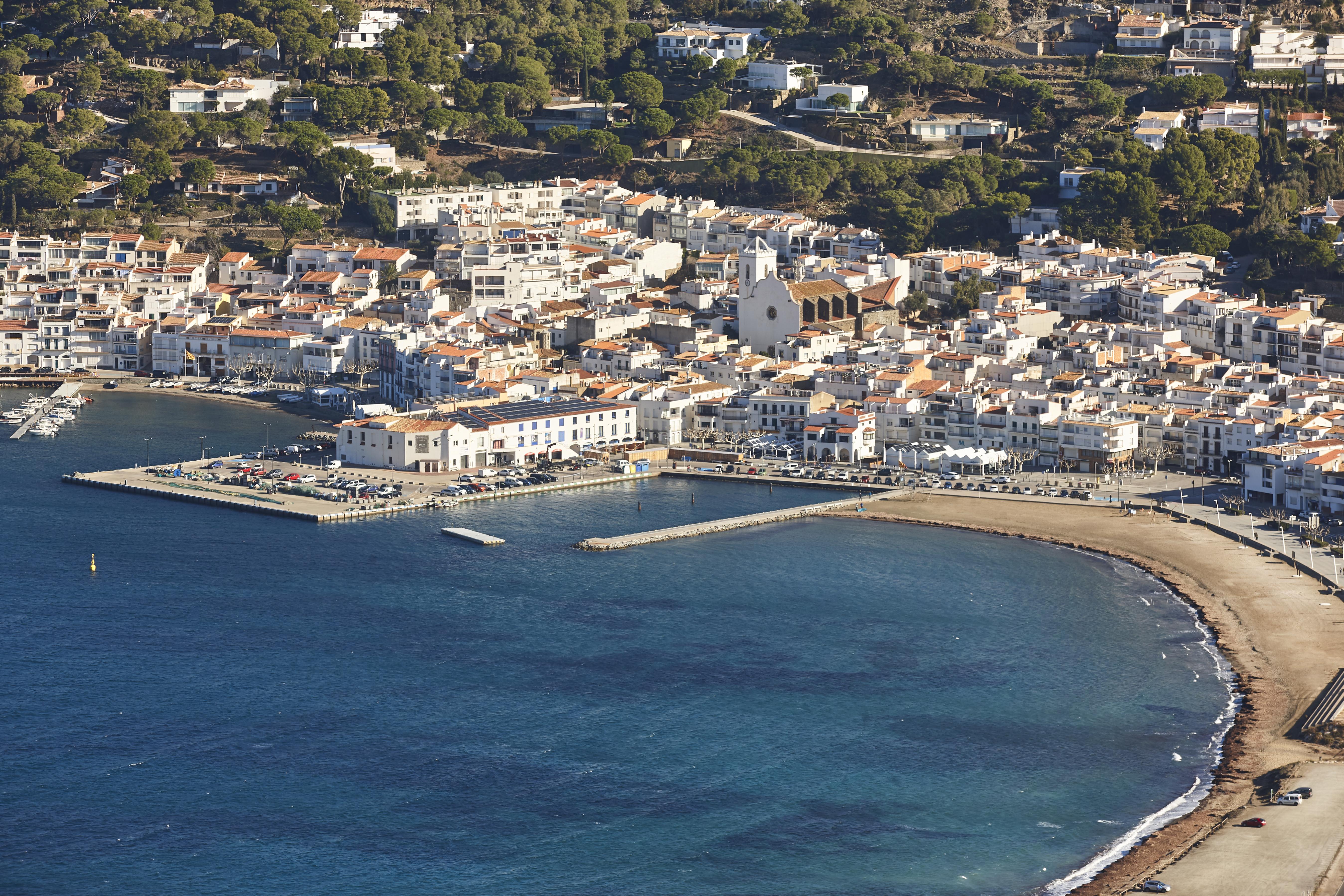
Often overshadowed by its flashier neighbors, Sant Feliu de Guíxols blends medieval heritage with a vibrant seafront. Its 10th-century monastery anchors a town where cultural festivals and art galleries meet warm Mediterranean sands. The town’s Passeig del Mar is a palm-lined promenade ideal for evening strolls, while nearby Cala Ametller offers a hidden snorkeling haven. It’s a place where Catalan pride runs deep—and yet it welcomes visitors with open arms and unforgettable seafood rice dishes. A rare mix of gravitas and glamour.
35. Carboneras, Almería: Raw Beauty on the Cabo de Gata
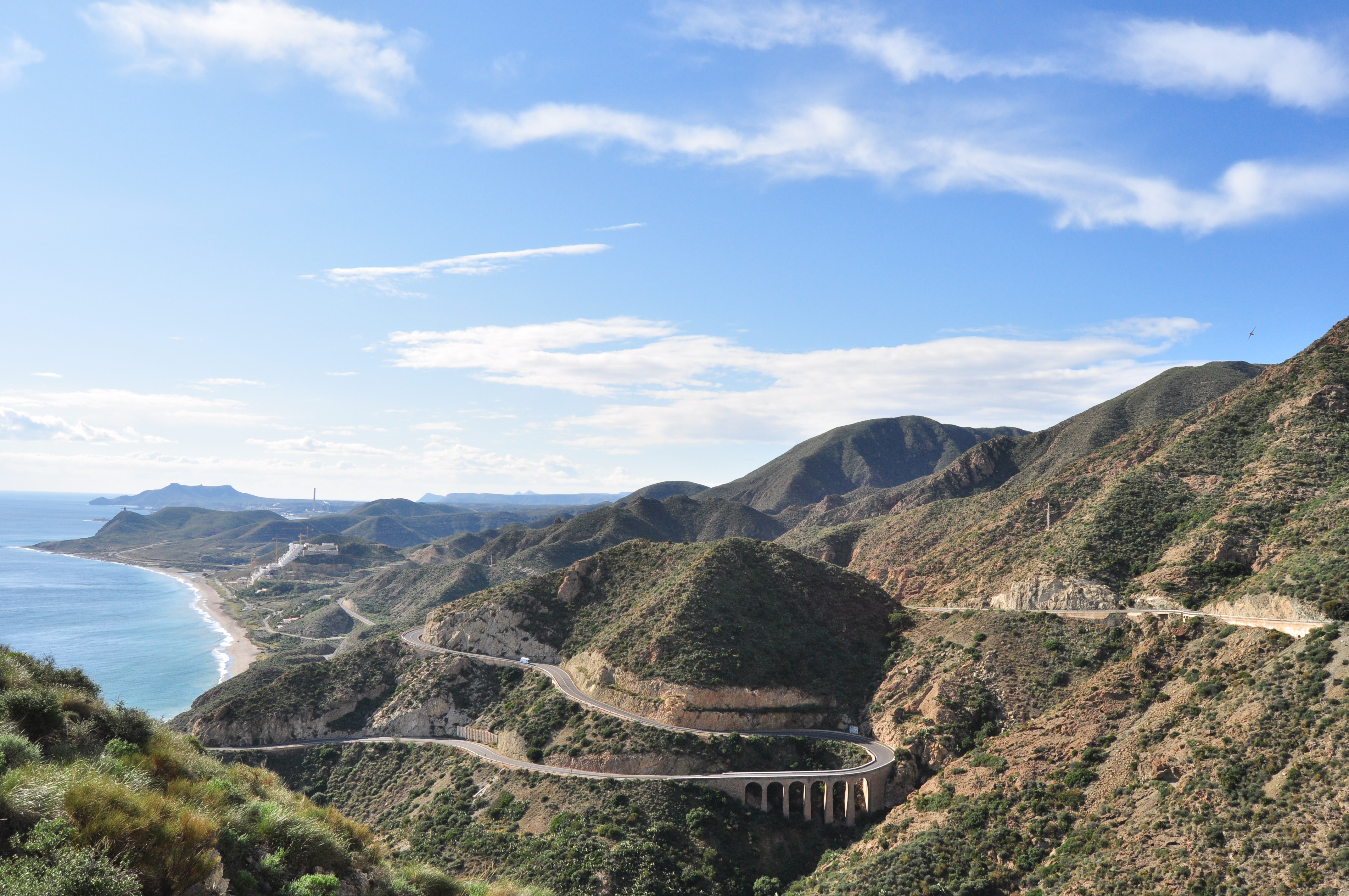
On the edge of the Cabo de Gata Natural Park, Carboneras feels wild and wonderfully undeveloped. Its long, uncrowded beach is backed by desert hills, with crystal-clear waters ideal for kayaking or a quiet swim. Unlike neighboring towns, Carboneras still operates as a fishing village, and its local market bursts with authenticity. From here, you can boat to Playa de los Muertos—one of Spain’s most striking beaches. Come for the untamed landscapes, stay for the slow pace, the tapas with views, and the feeling that you’ve truly escaped.
36. Peñíscola, Valencia: The Castle by the Sea
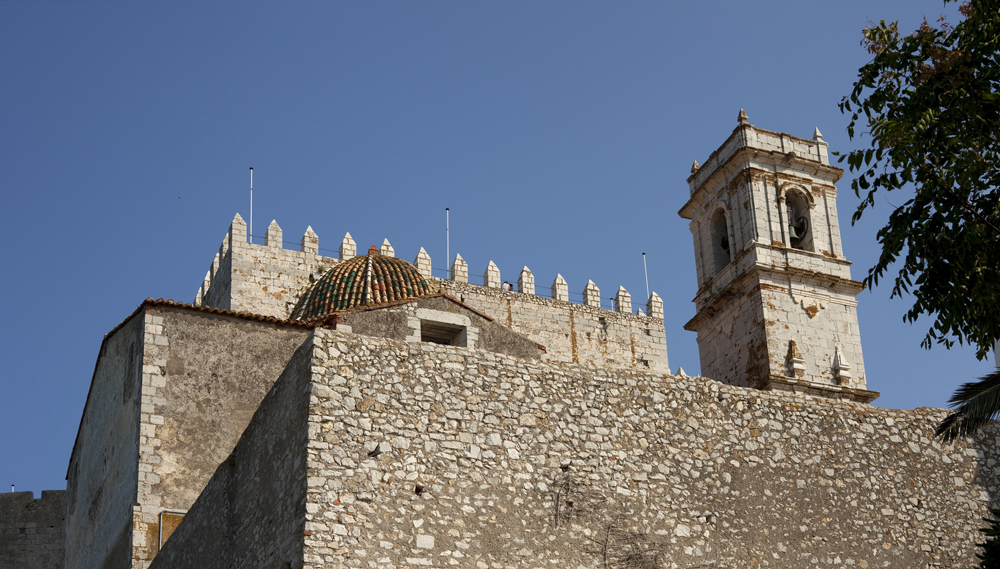
Peñíscola’s old town is straight out of a storybook—an ancient walled citadel perched on a rocky peninsula, crowned by a Templar castle. Known as the "Gibraltar of Valencia," it offers cinematic views (literally—it was a Game of Thrones location) and two golden beaches stretching out on either side. Walk the cobbled alleys, watch the waves crash against the fortress, and dine on local fideuà (a Valencian noodle dish). It’s history, drama, and beach bliss all rolled into one unforgettable setting.
37. Laxe, Galicia: The Soul of the Rías Baixas
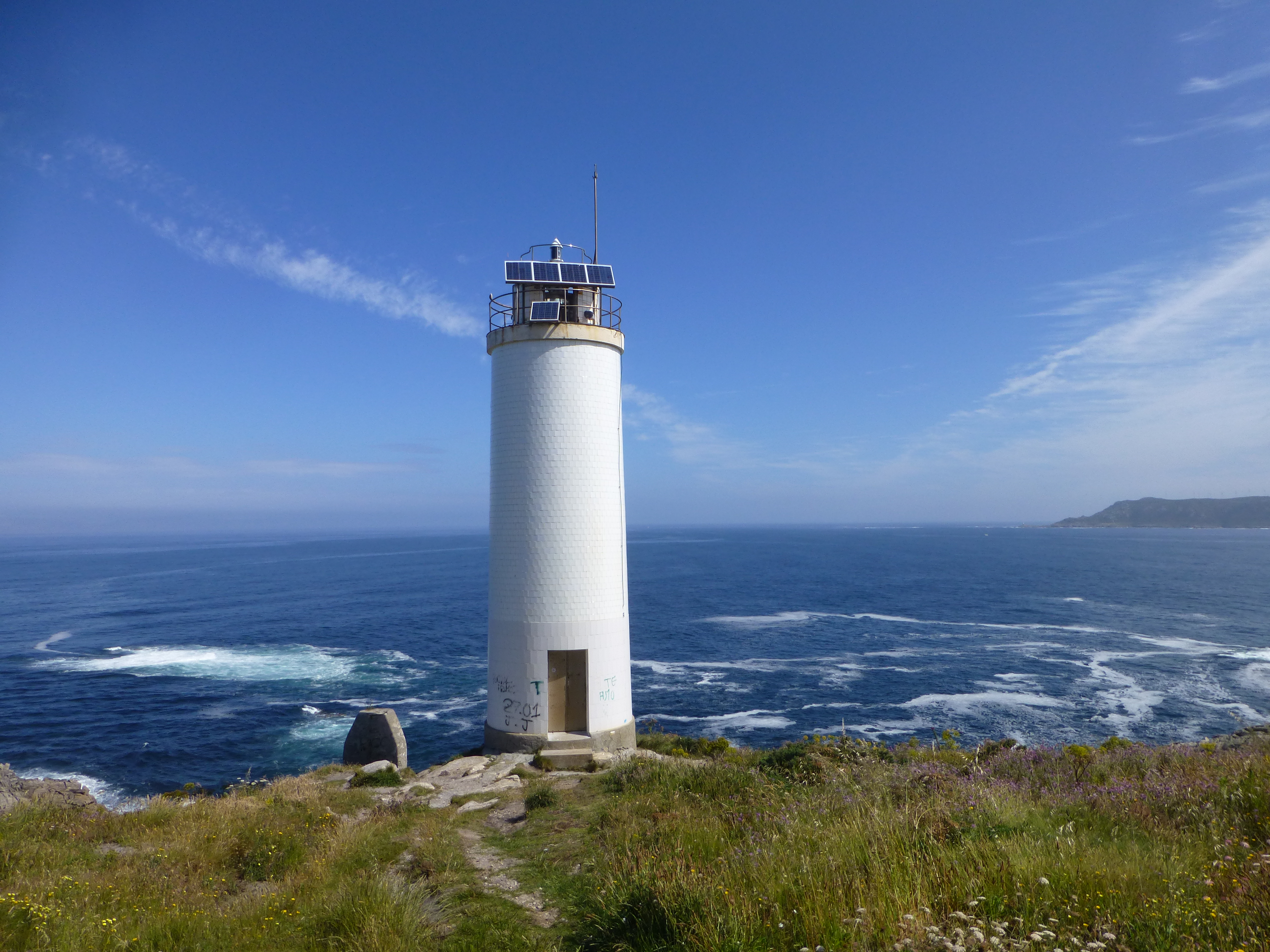
Laxe (pronounced “Lah-she”) is a tiny town with a big heart, tucked inside a Ría with calm, sheltered waters. The town’s beach curves like a crescent around the bay—perfect for swimmers, families, and painters chasing that soft Galician light. Wander through its quiet streets to find murals depicting the town’s maritime heritage. Laxe is also a short drive from the Duna de Monte Branco and the striking Furna do Asno sea cave. If you want to lose yourself in Galicia’s mystical coastline, this is the place.
38. Sant Carles de la Ràpita, Catalonia: The Delta’s Best-Kept Secret
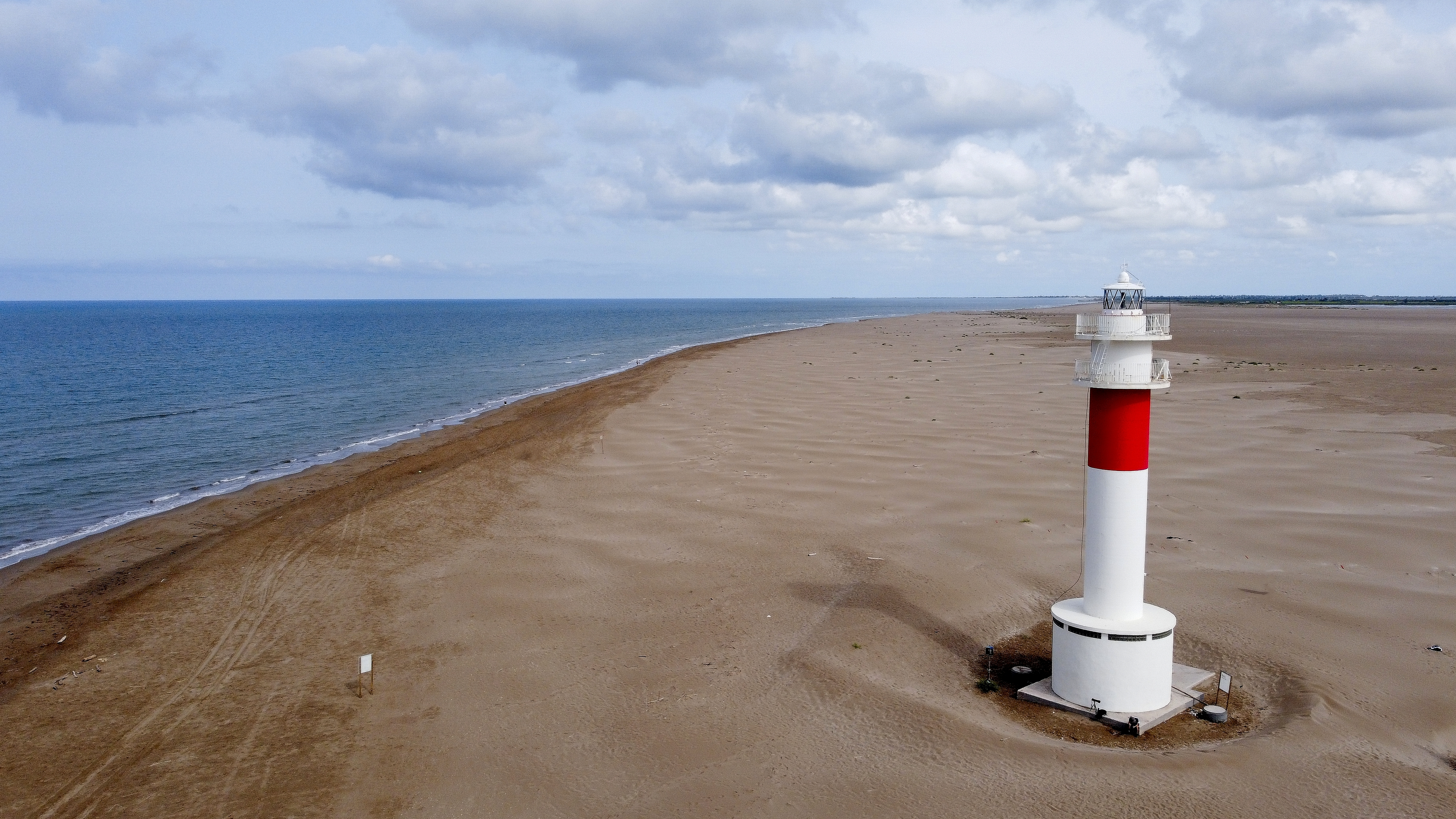
Nestled at the edge of the Ebro Delta, Sant Carles de la Ràpita is a seafood lover’s paradise. With its maze of rice paddies, flamingo-speckled lagoons, and long, quiet beaches, it’s the kind of town where nature sets the pace. Sample oysters and mussels farmed just offshore, or bike through the wetlands to spot migrating birds. The town itself is calm and bright, with an airy harbor and easy access to pristine, undeveloped coastline. A sanctuary for the curious and the hungry.
39. Cala San Vicente, Mallorca: Turquoise in Technicolor
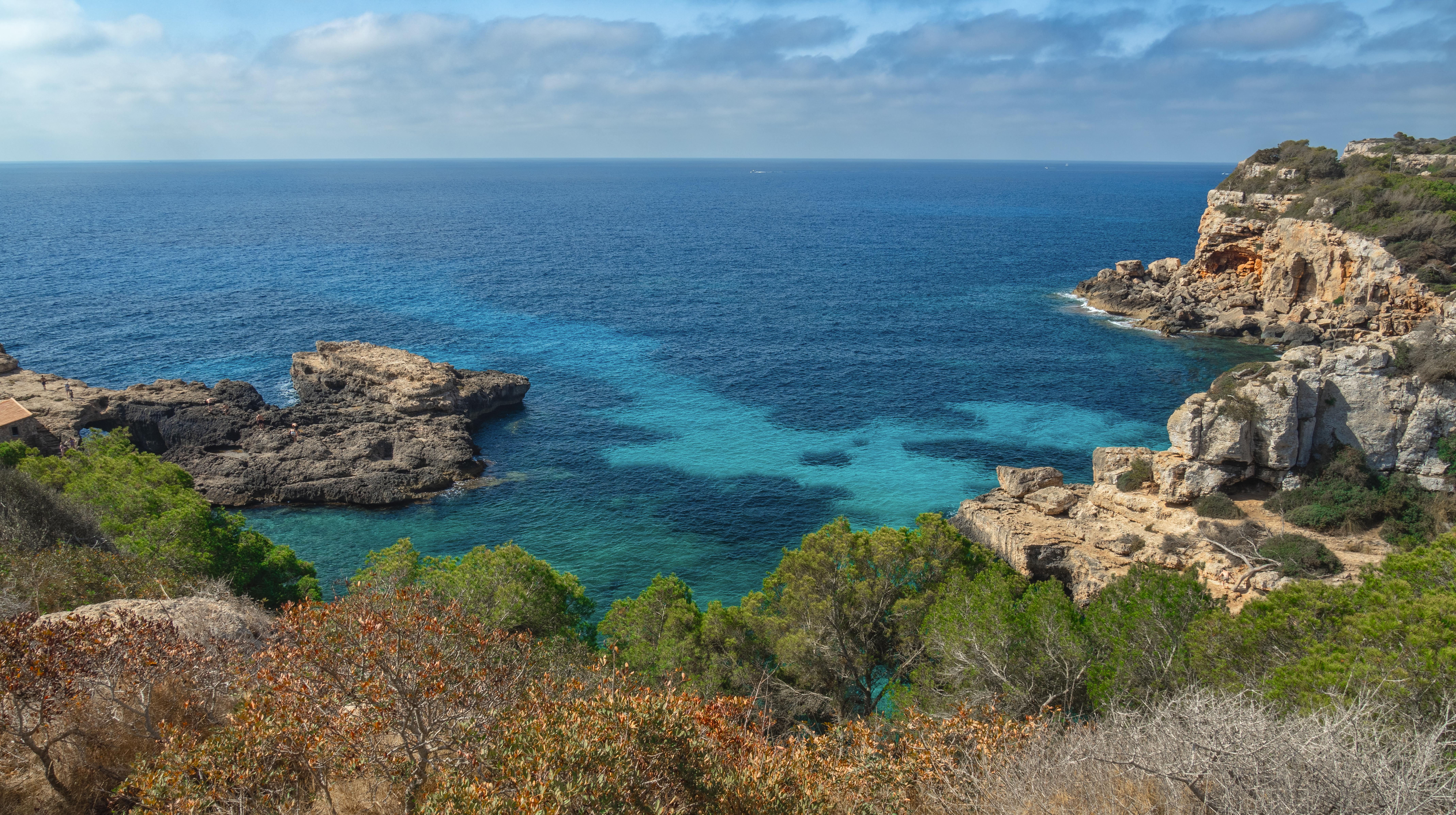
Tucked into a hidden northern cove, Cala San Vicente is made up of just a few small beaches flanked by cliffs and pine trees. Unlike Mallorca’s tourist hubs, this tranquil hamlet near Pollença feels like a return to nature. The beaches—Cala Barques, Cala Clara, and Cala Molins—offer crystalline waters ideal for snorkeling or floating for hours under the sun. The town’s small selection of restaurants serves up fresh catch daily, and the vibe is pure slow-living Mediterranean. It’s a retreat in every sense of the word.
40. Caión, Galicia: Surf’s Up in the North
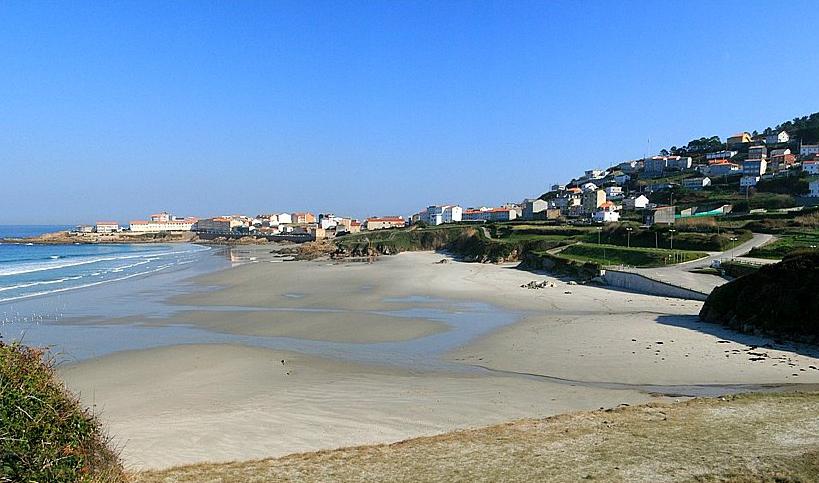
Caión is one of those blink-and-you-miss-it towns that lingers in your memory. Located on Galicia’s “Costa da Morte,” this quiet fishing village has recently emerged as a haven for surfers thanks to its consistent Atlantic swell. Yet it still feels intimate and deeply local—think stone houses, church bells, and sleepy afternoons. Its small beach opens up to dramatic headlands, and its seafood (especially octopus and razor clams) is as good as anything in the region. Caión is where surf culture meets Galician tradition—unassuming and magnetic.
41. Palamós, Costa Brava: Shrimp Capital with a Scenic Backdrop

Palamós has a working port, a sprawling sandy beach, and a gastronomic secret: its world-famous red shrimp, served in everything from stews to haute cuisine. The town blends the liveliness of a fishing hub with the leisure of a Mediterranean resort. Visit the fish market, walk the Camí de Ronda coastal trail to turquoise coves, or sip chilled cava at a harbor-side terrace. It’s busy without being crowded, polished without losing its salt-of-the-earth charm. Palamós knows who it is—and invites you to slow down and taste everything.
Spain’s beachside towns aren’t just places—they’re invitations. To wander through cobbled alleys where salt clings to the shutters. To linger over seafood so fresh it resets your tastebuds. To watch the sky catch fire at sunset, then fade to the hush of lapping waves and clinking glasses. Whether you're tracing legends in Nafplio, chasing whales in Húsavík, or sipping sidra in Gijón, these towns offer something far rarer than postcard beauty—rhythm. Intimacy. A kind of place that stays with you long after the tan fades. With 36 handpicked destinations, this guide isn’t just a travel list—it’s a reminder to look beyond the blockbuster stops. To let the lesser-known ports, the local stories, and the slow, meaningful moments shape your next journey. Because in 2025, the real magic won’t be in the ship’s size—but in the places you choose to step off and truly see.
